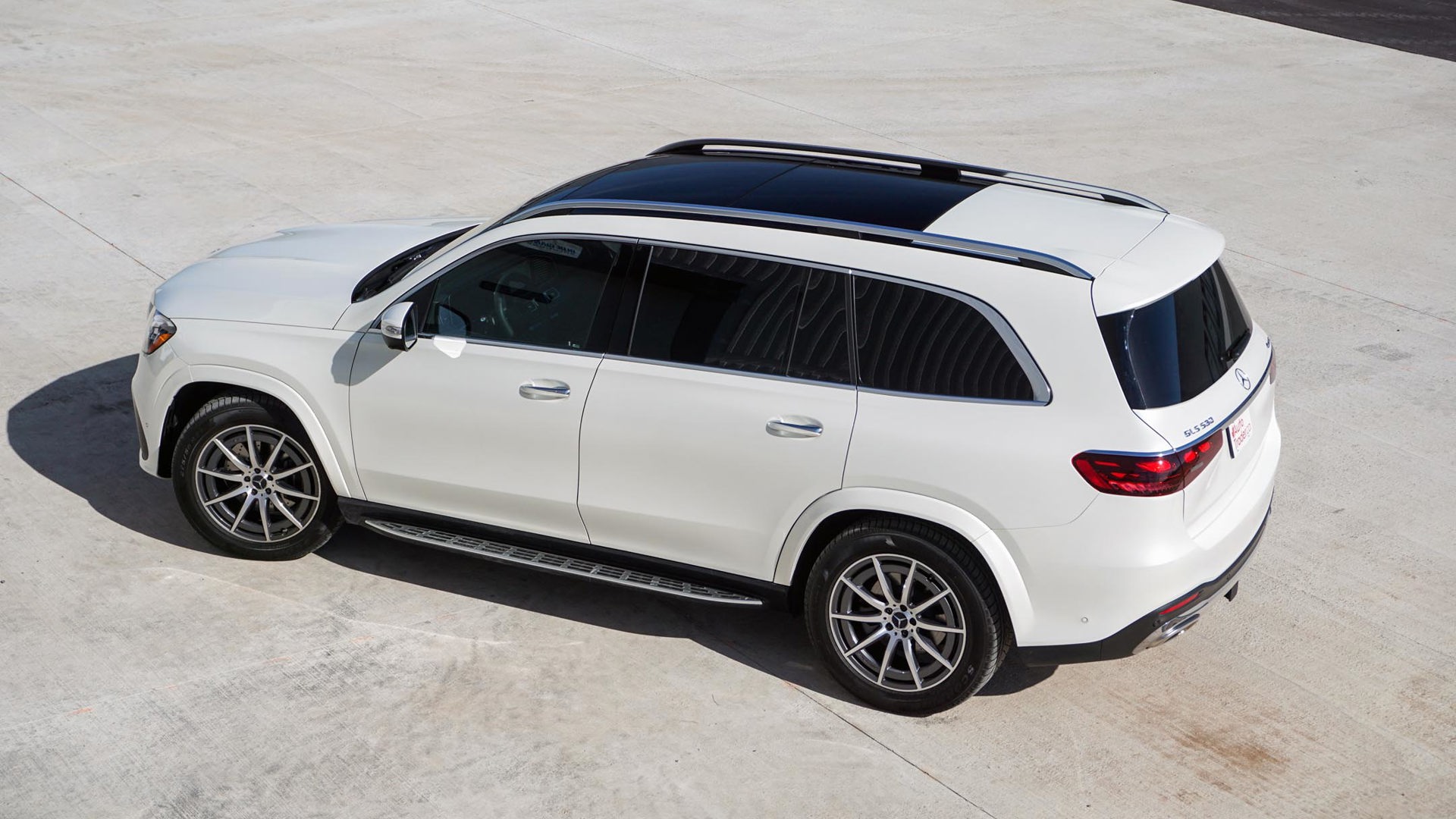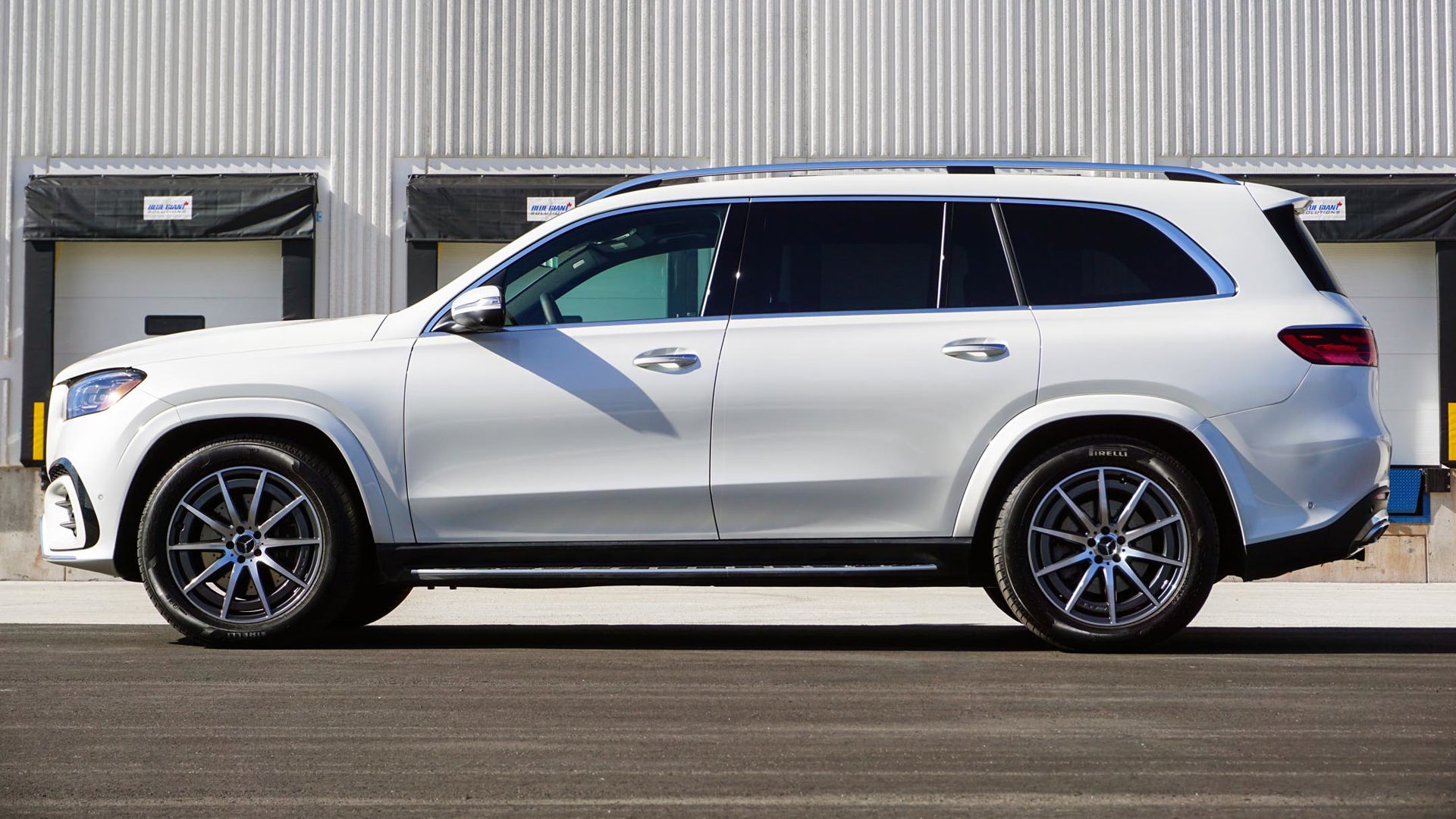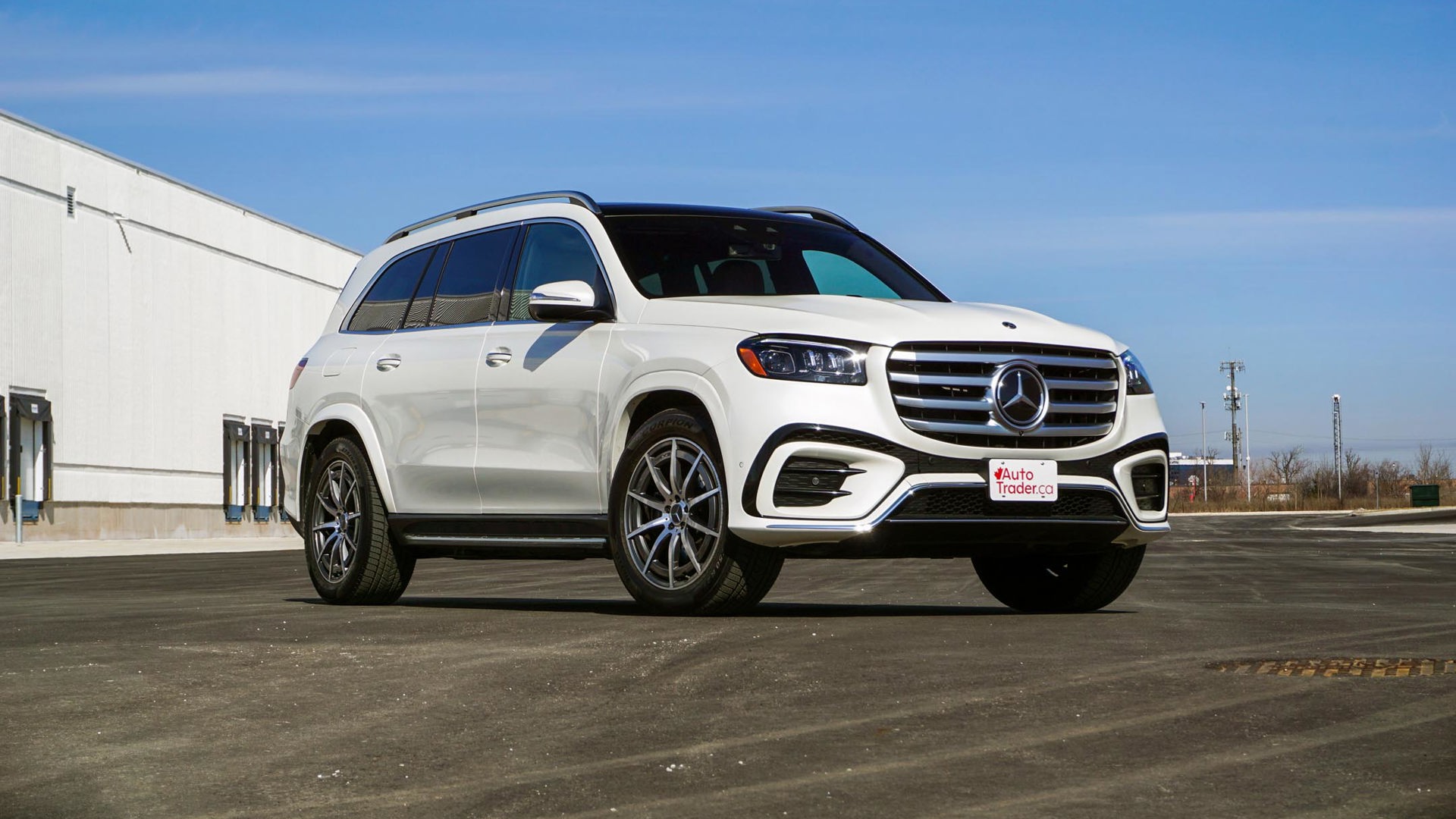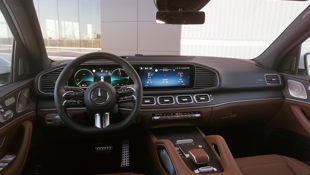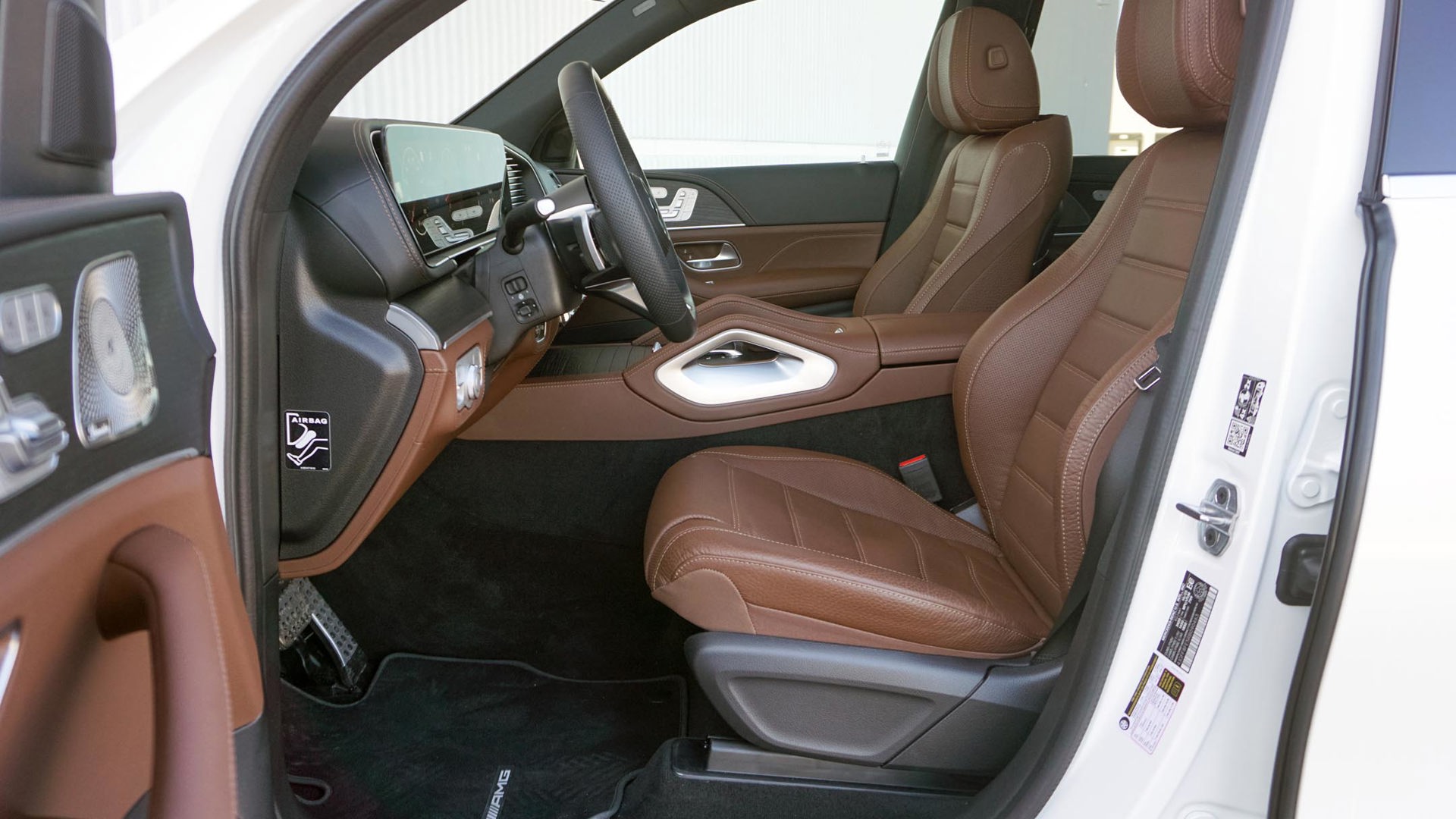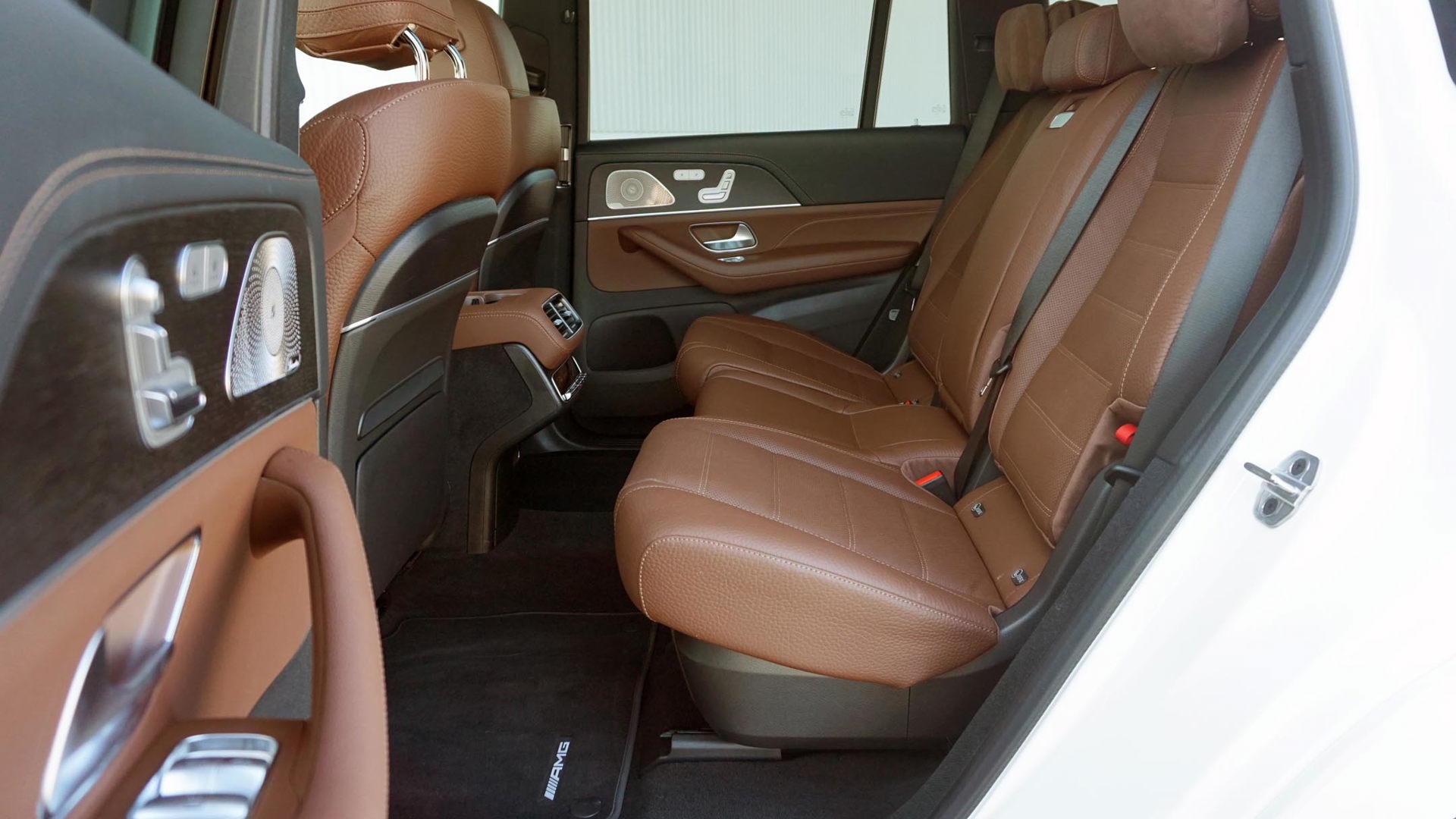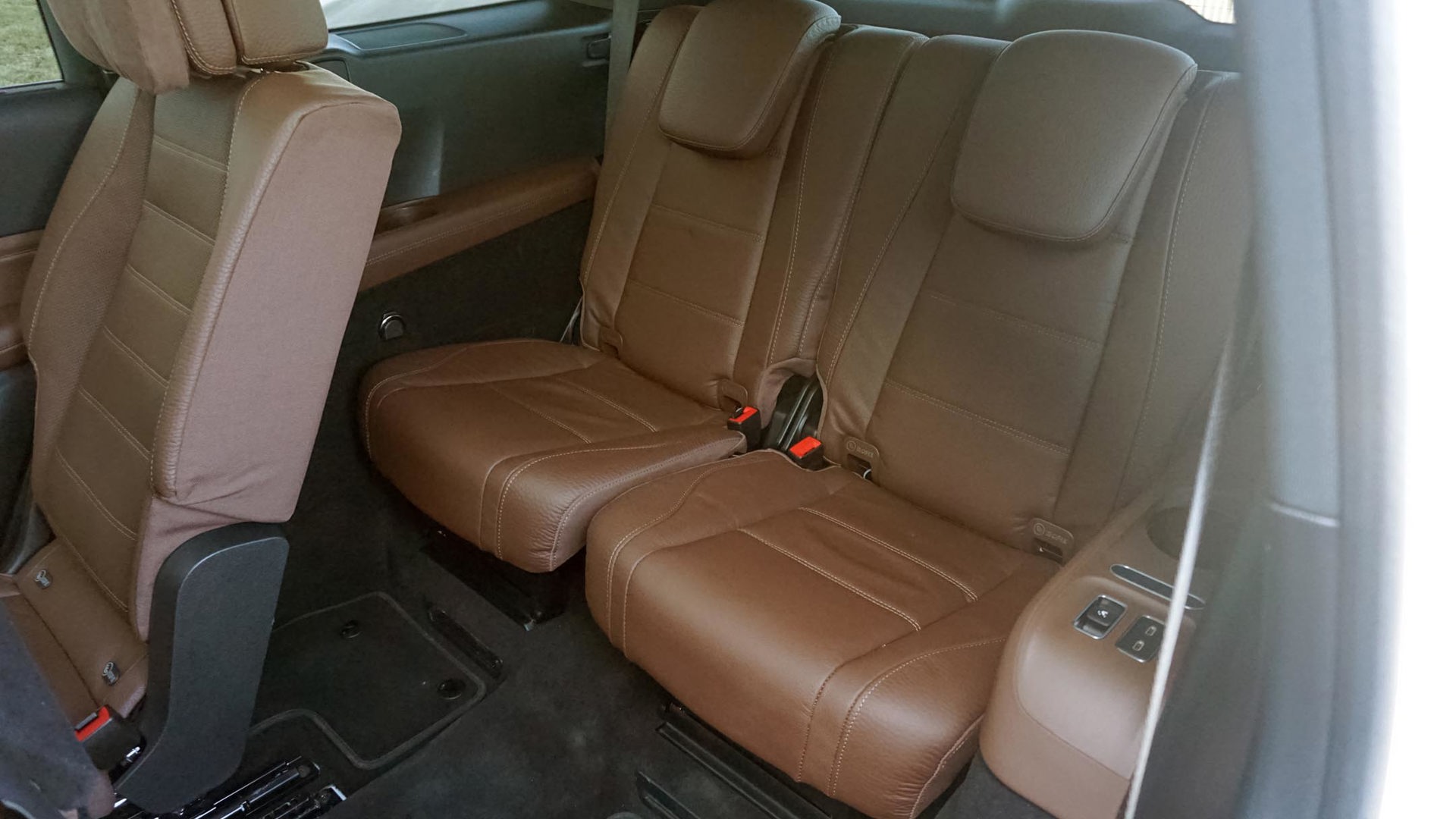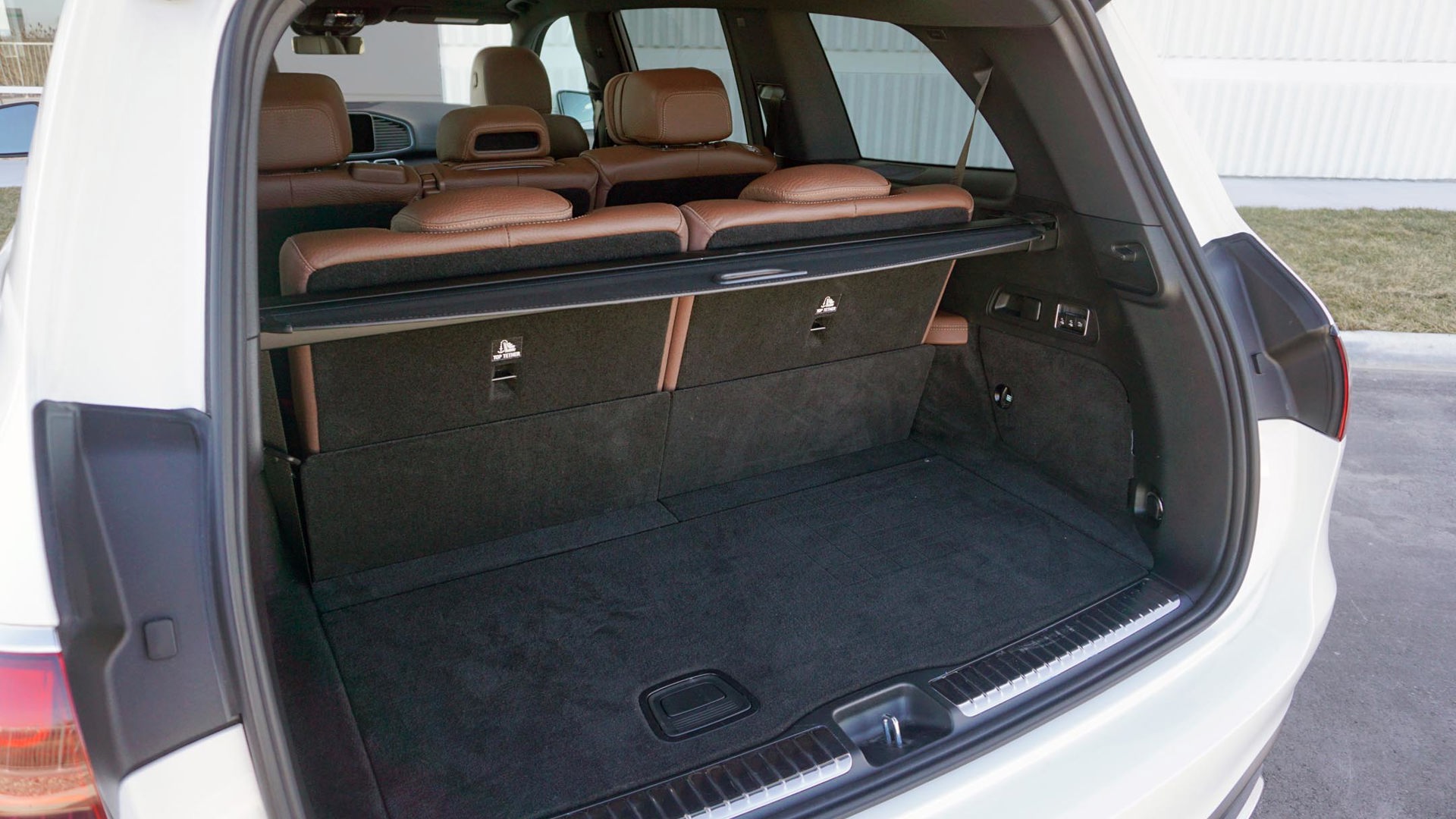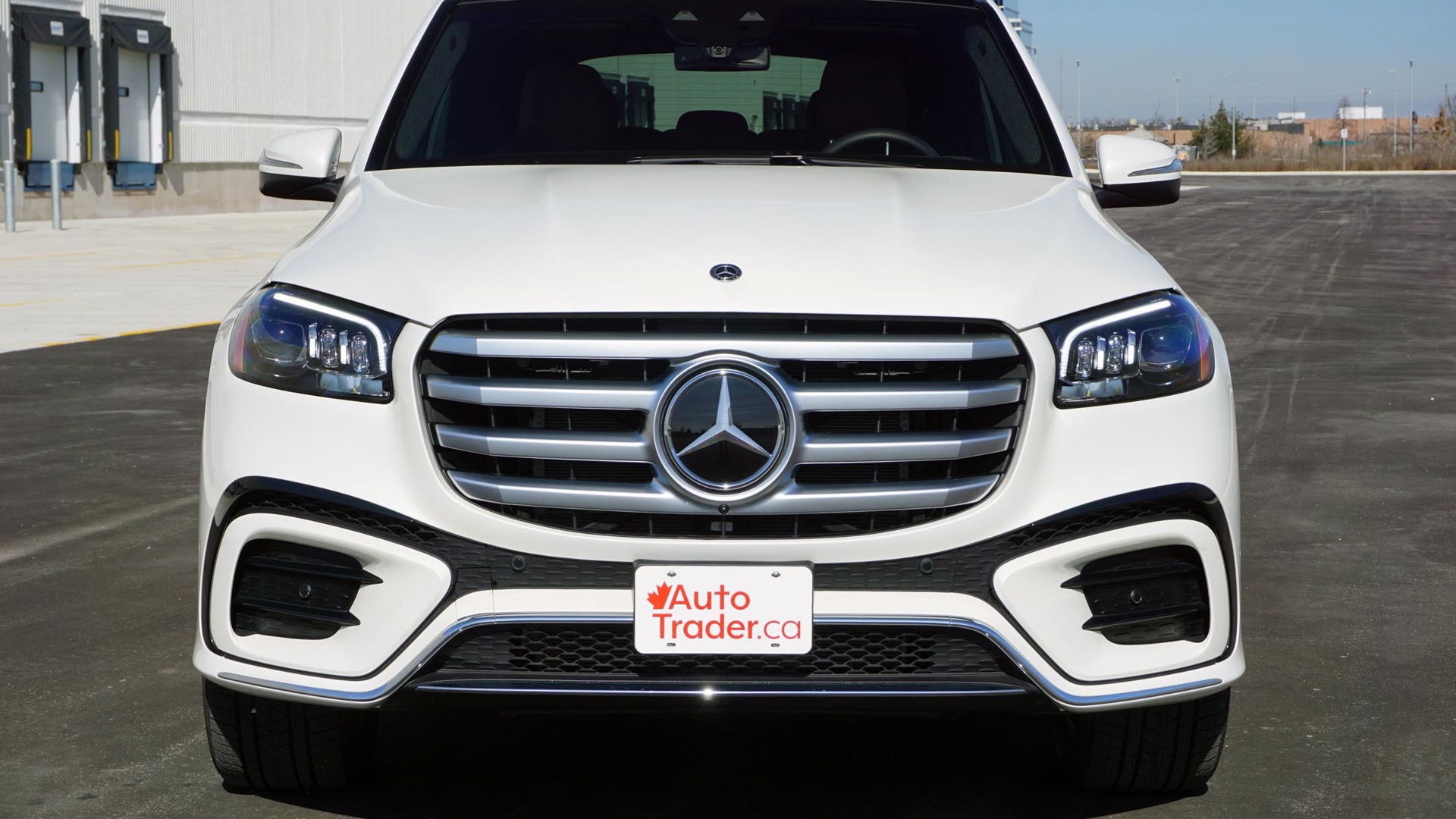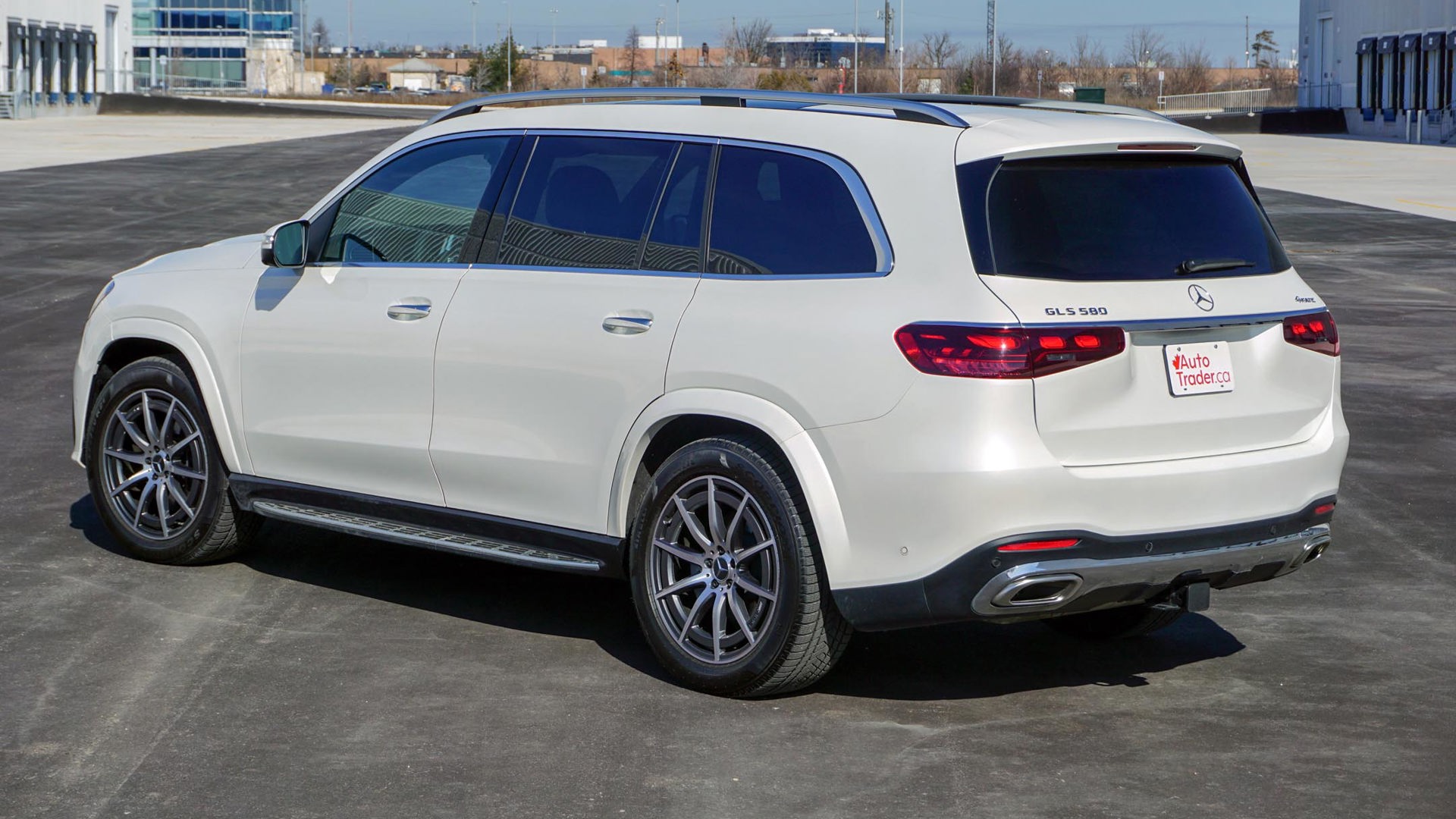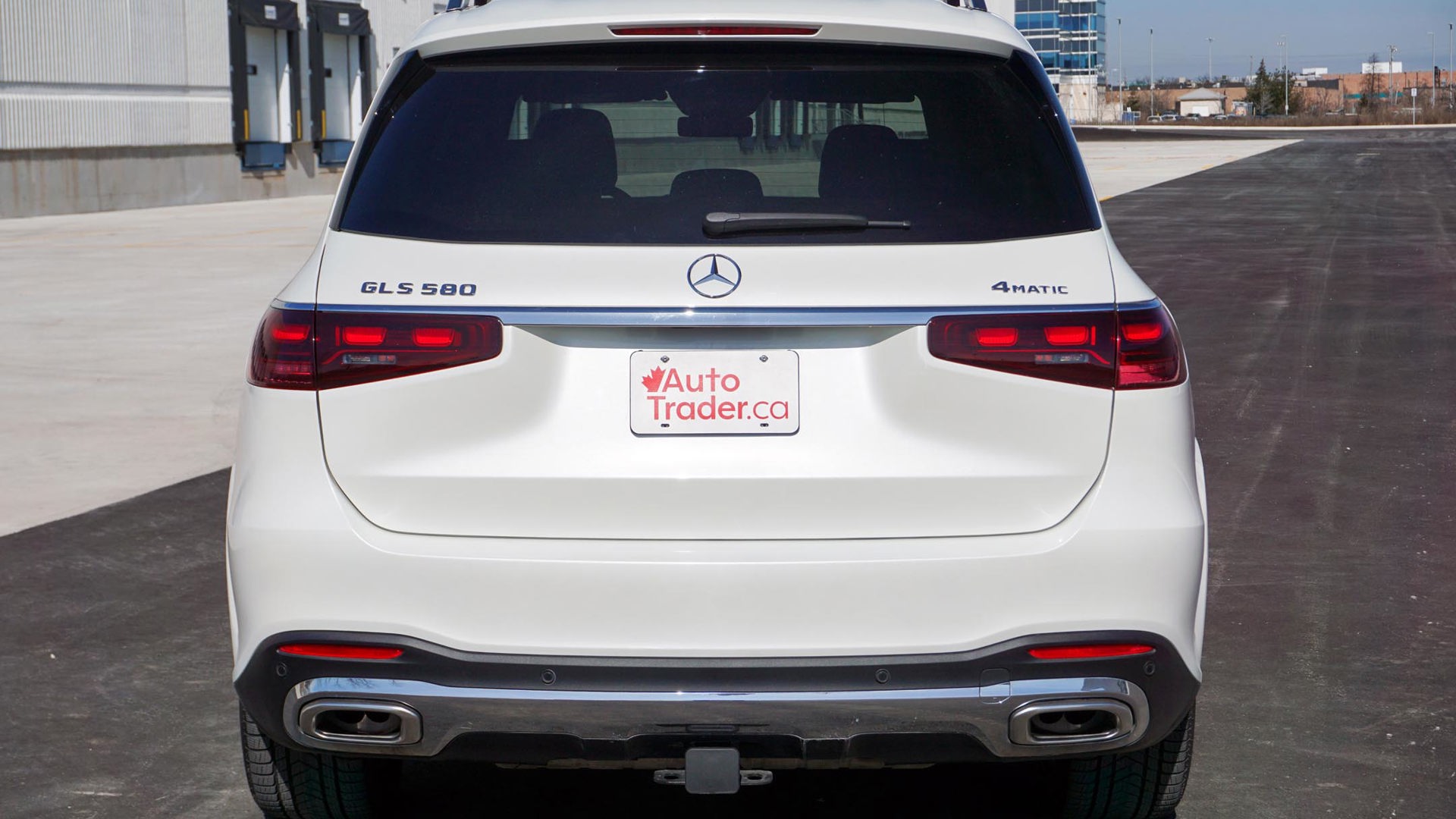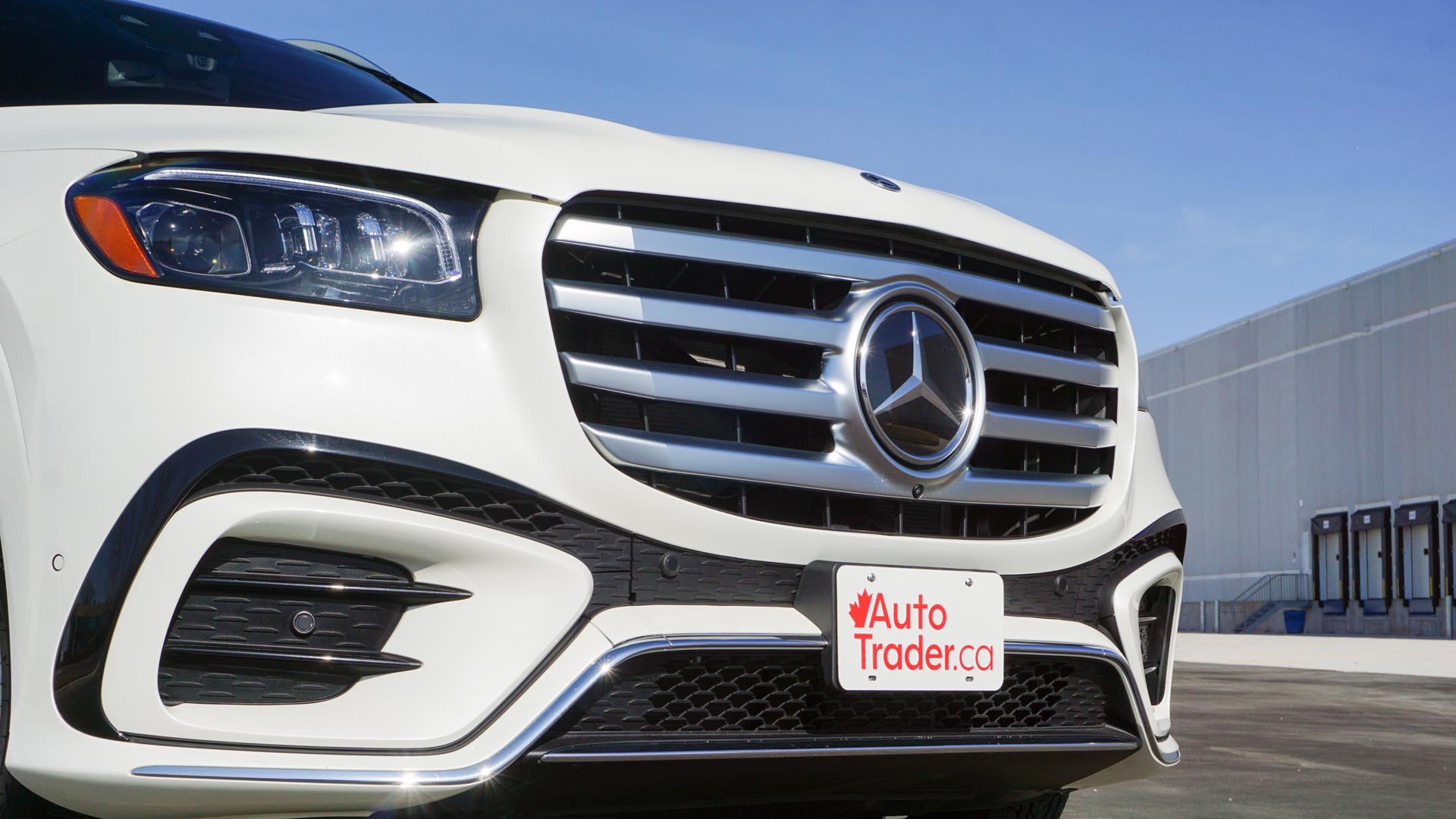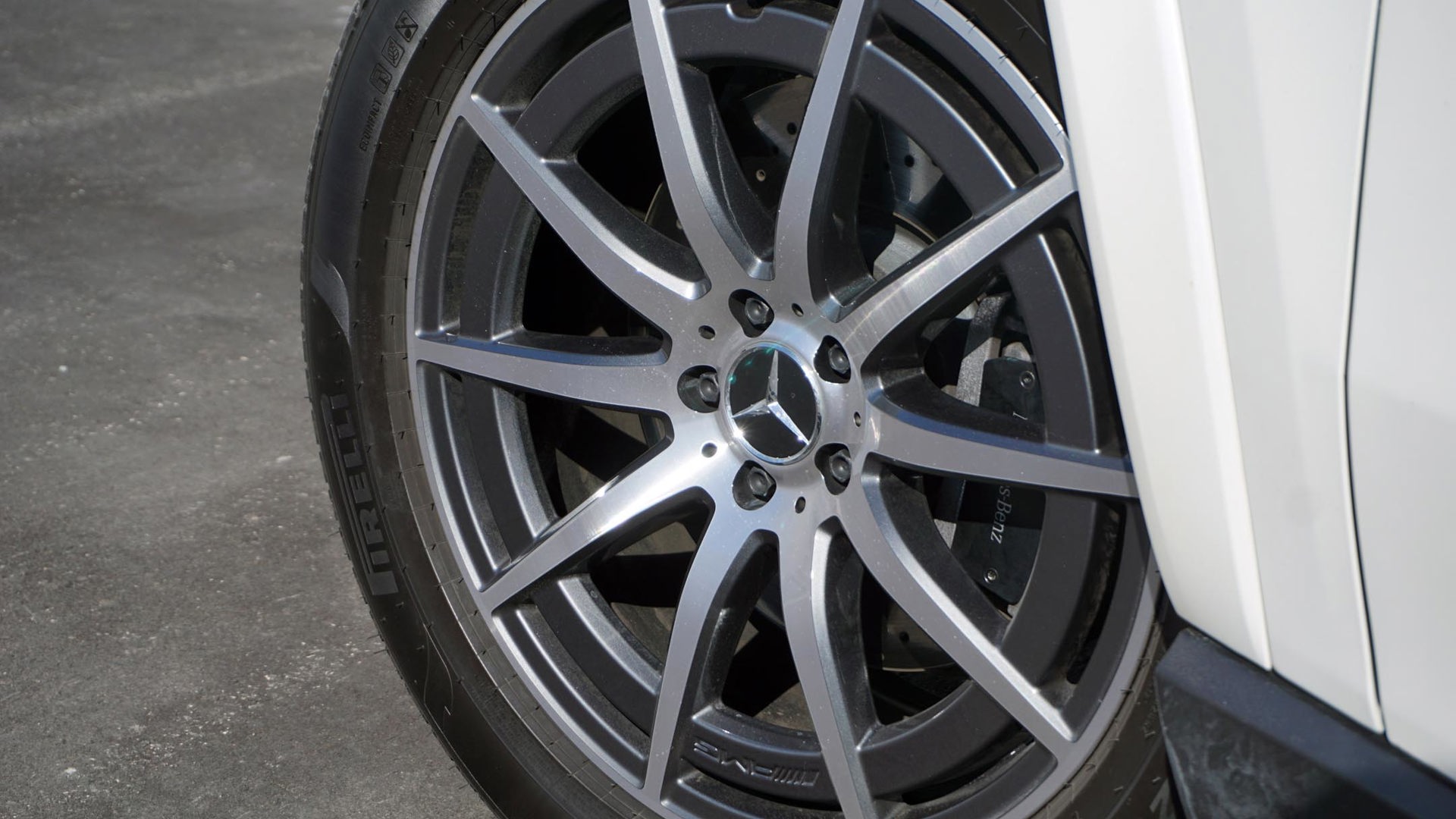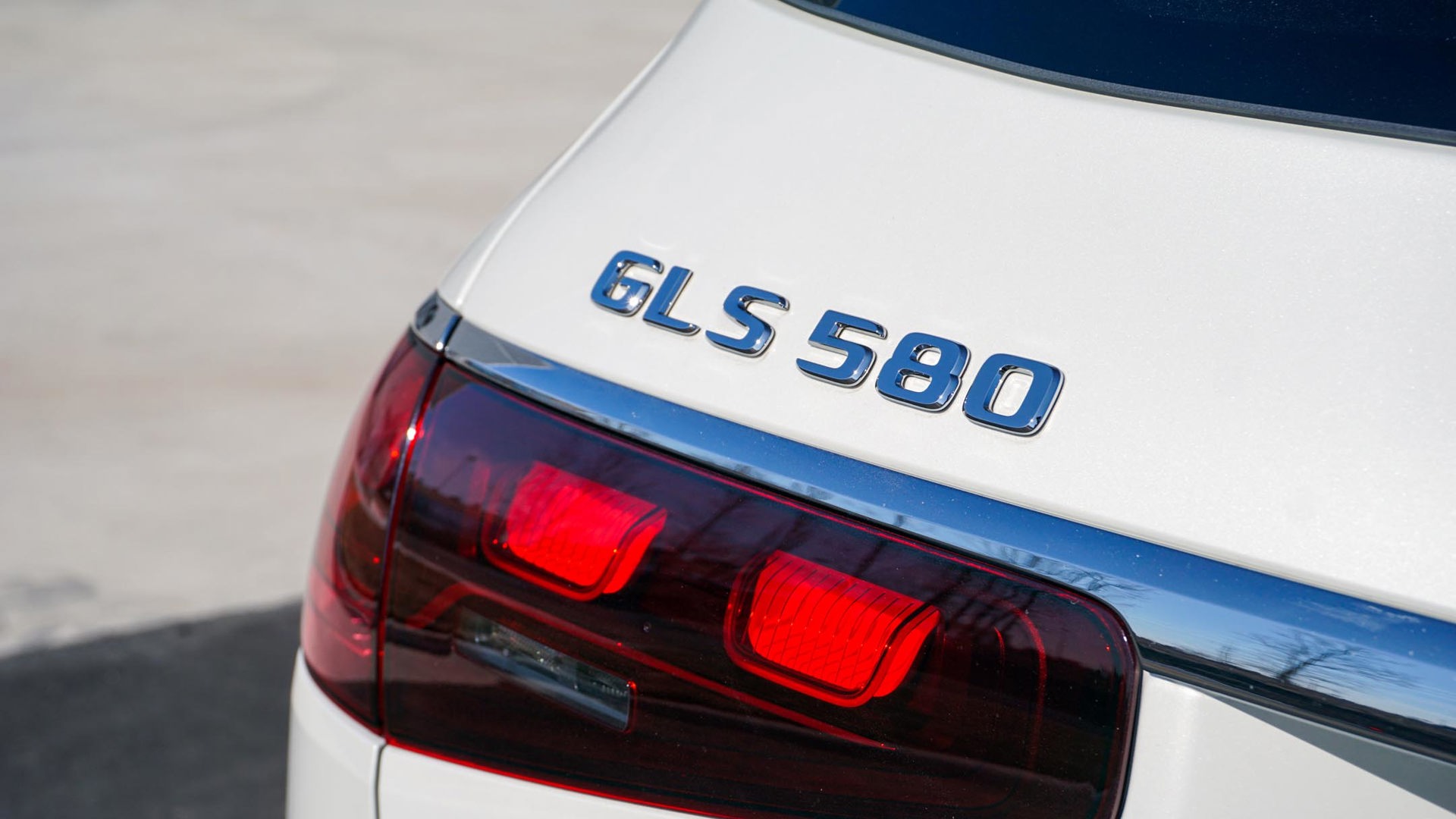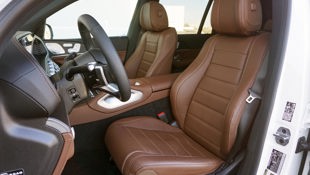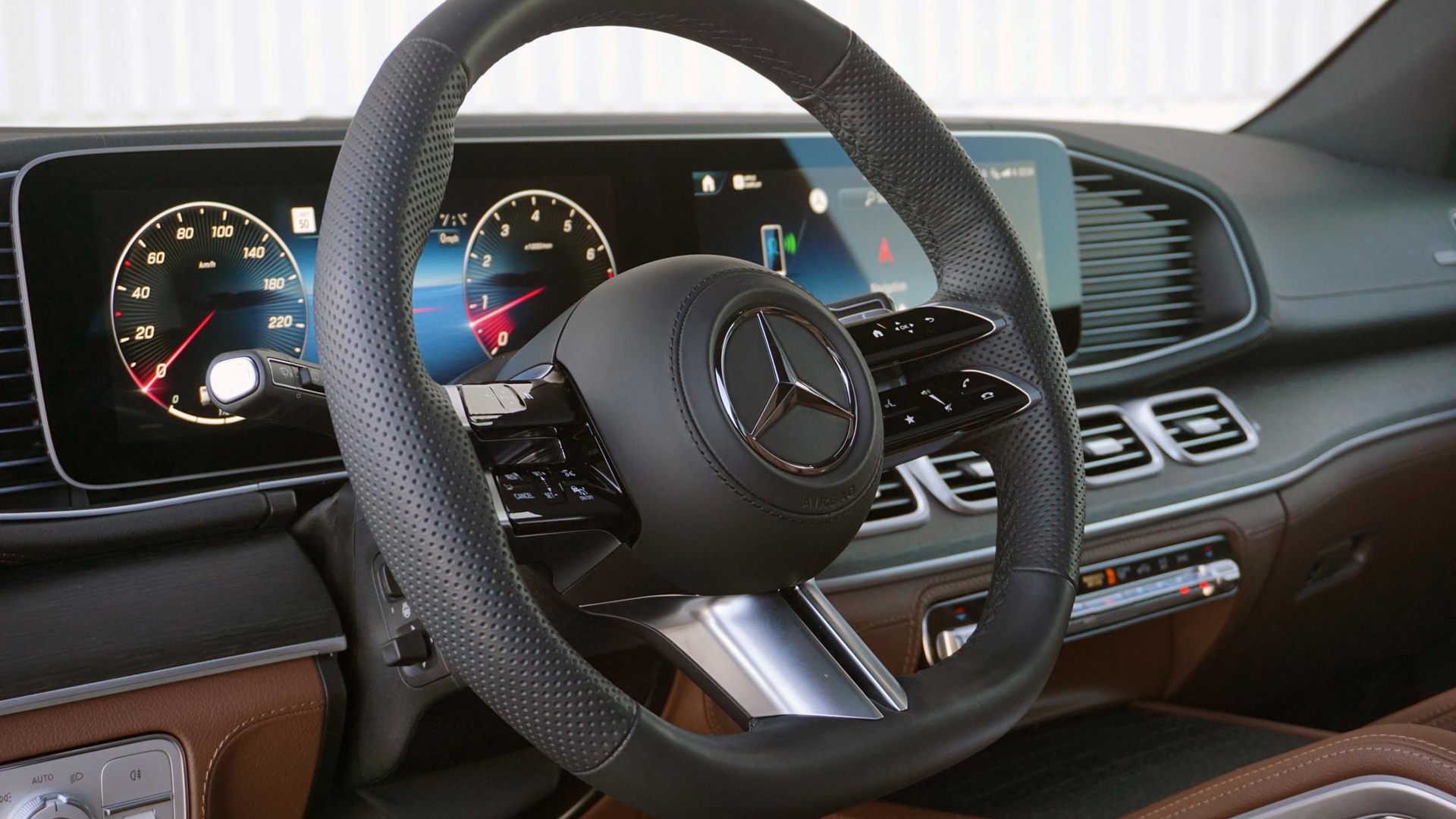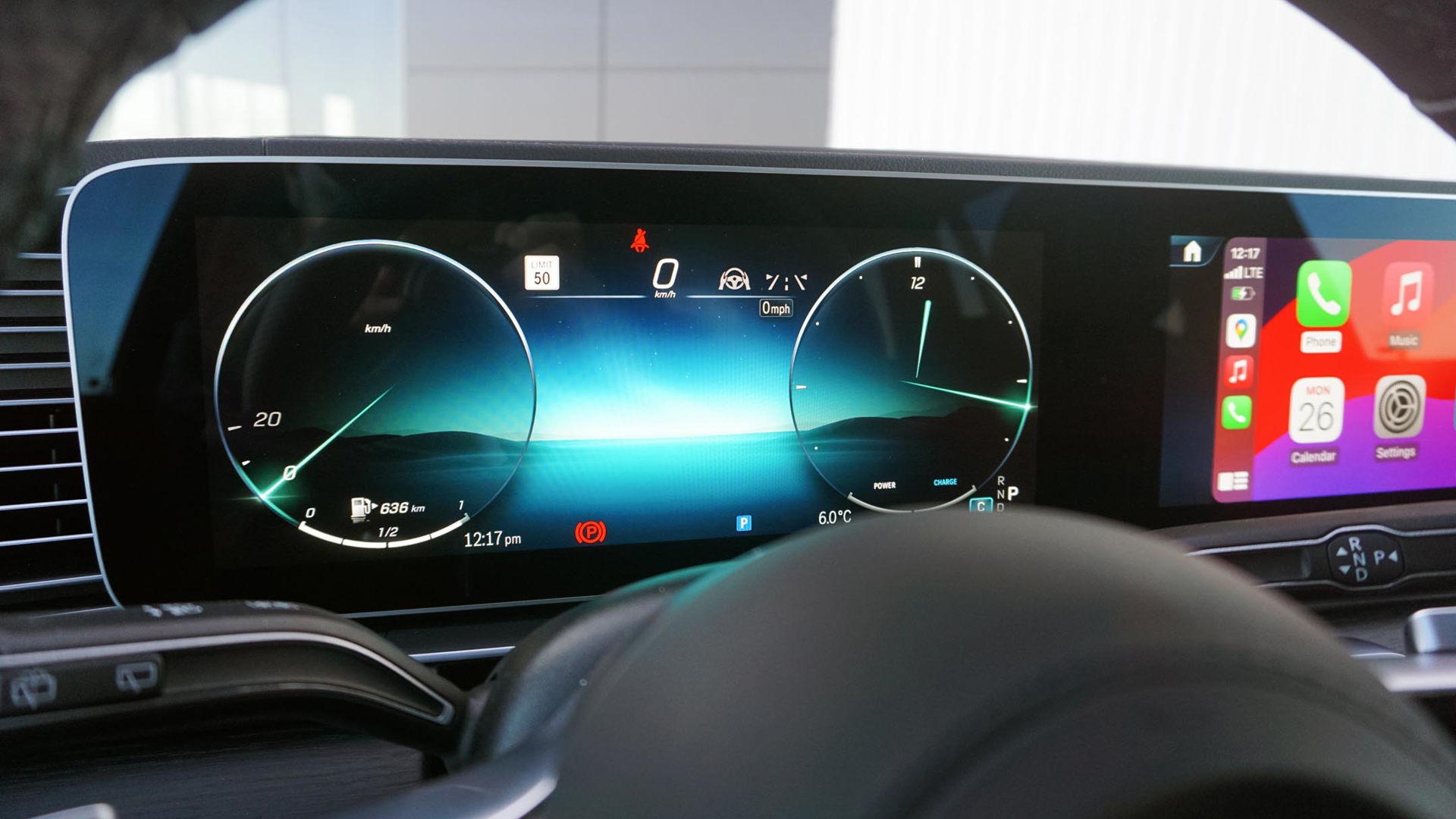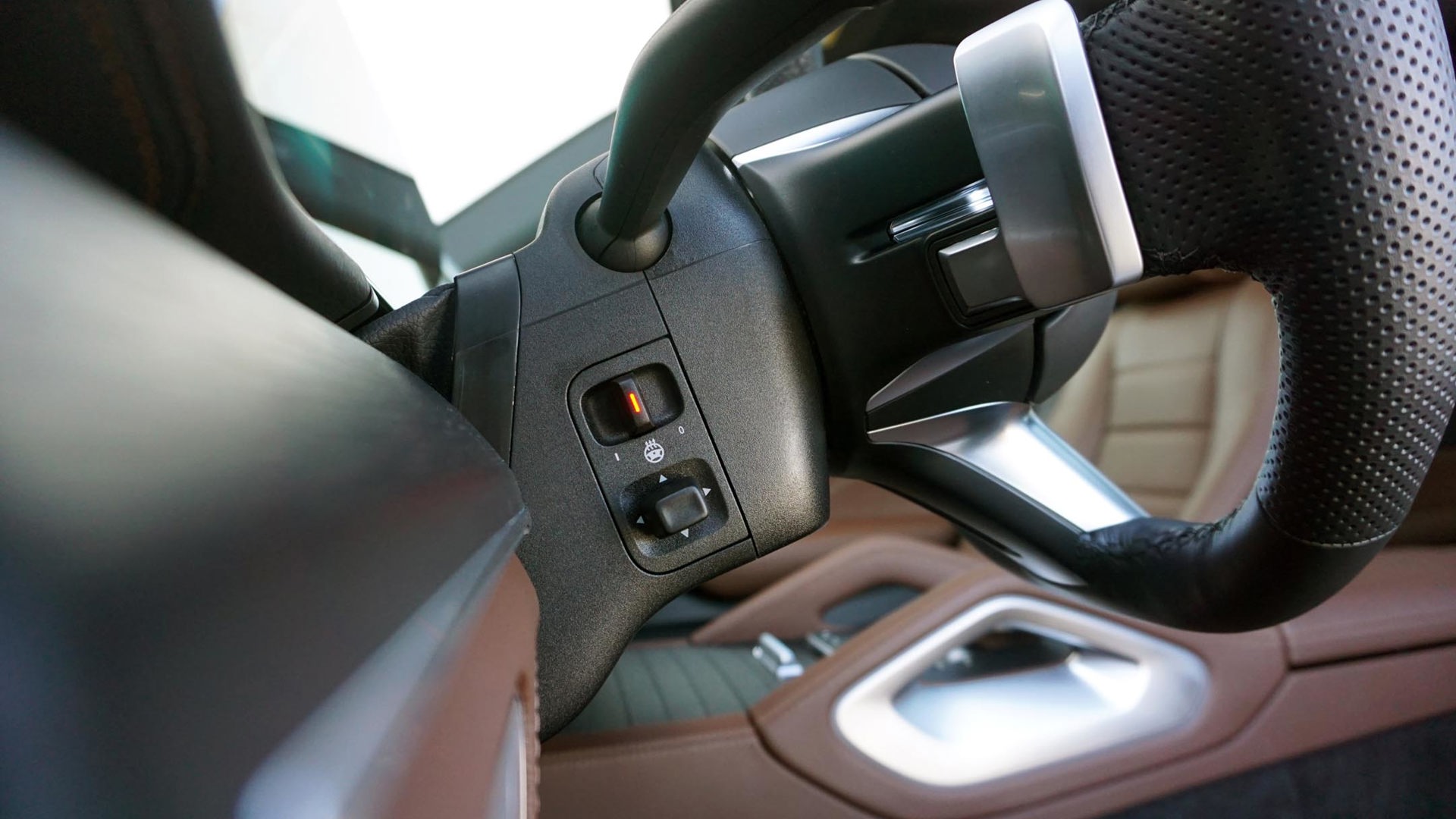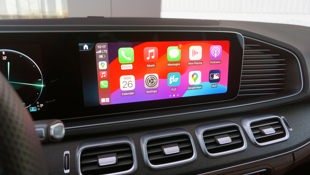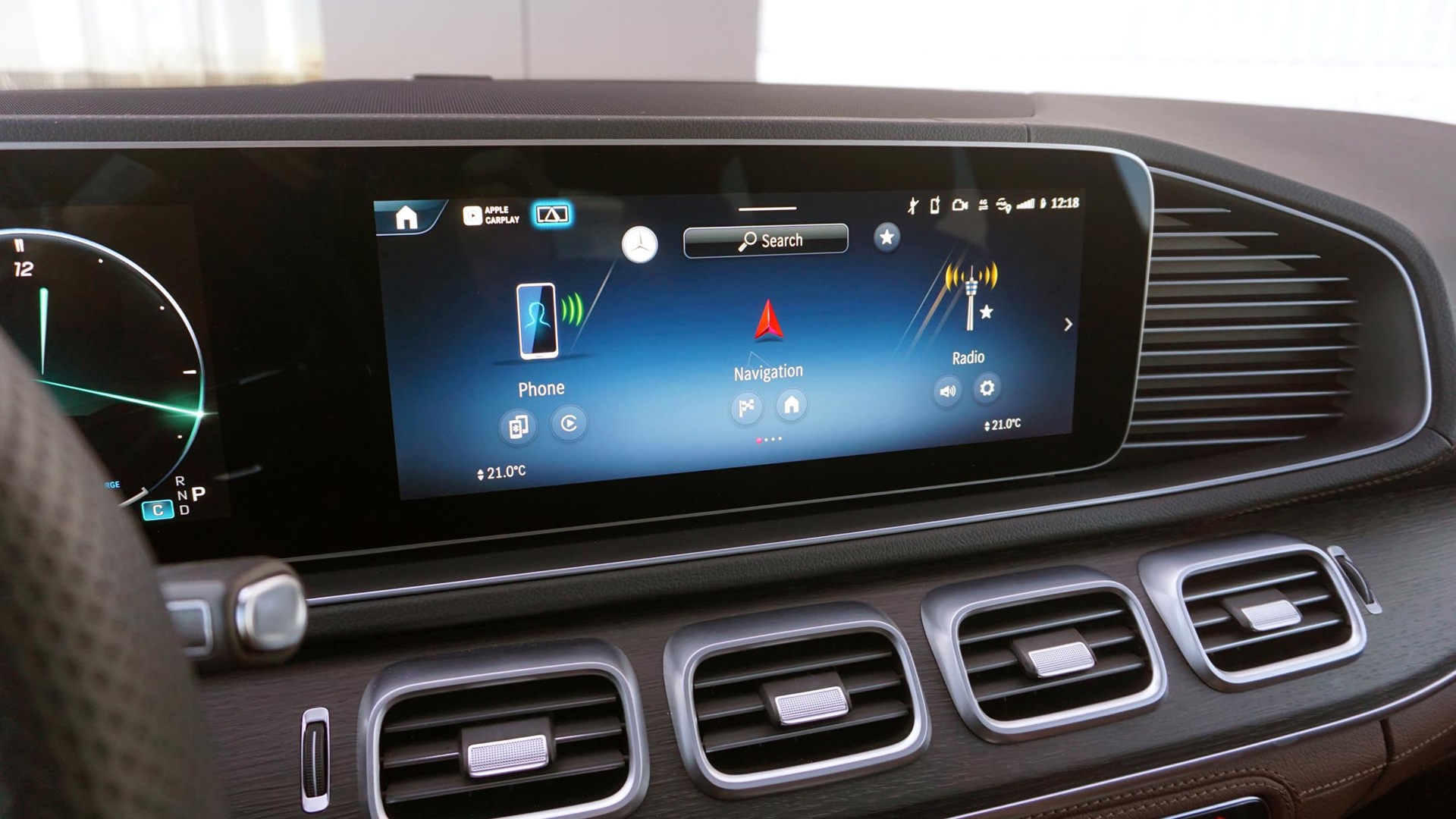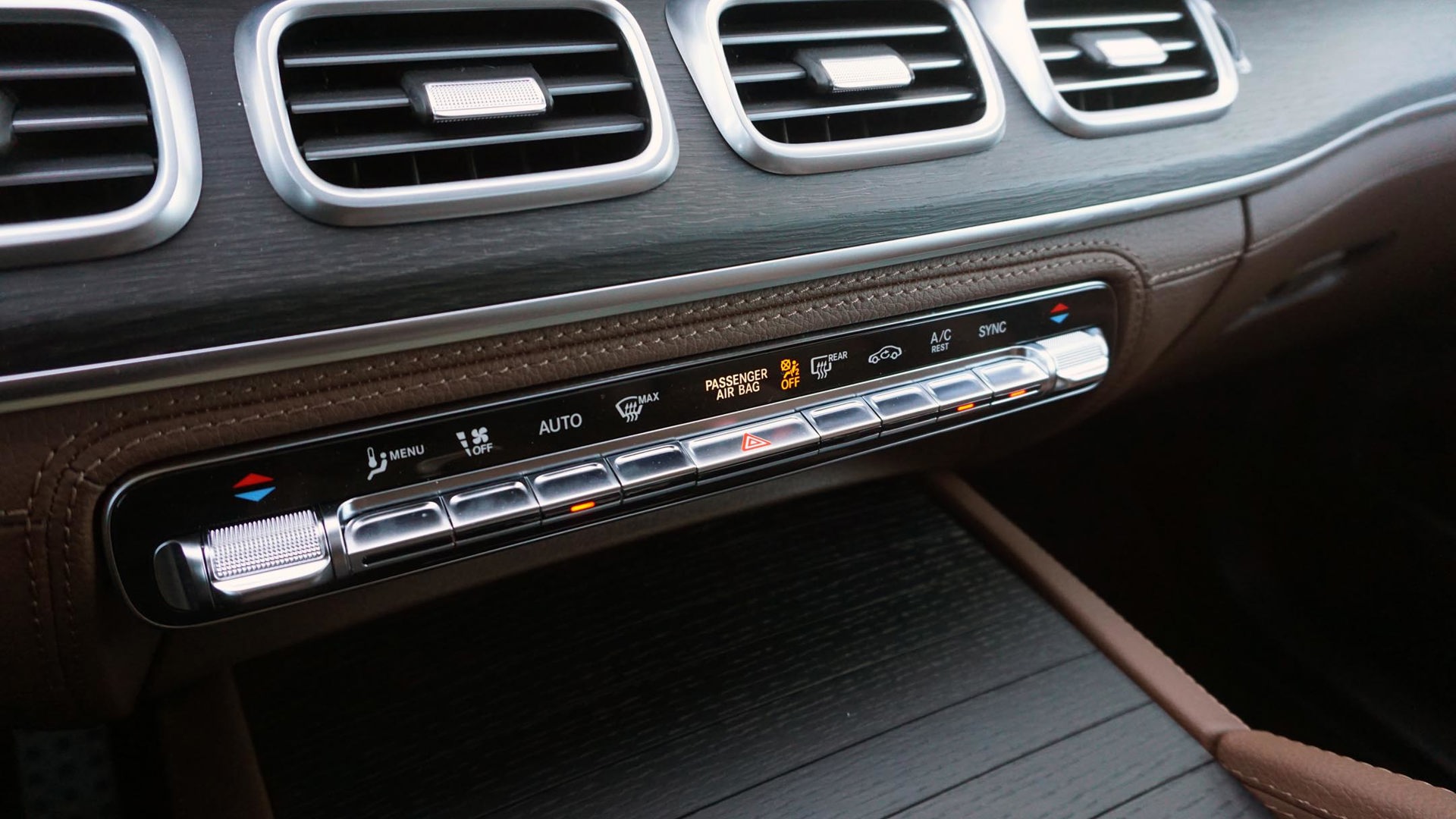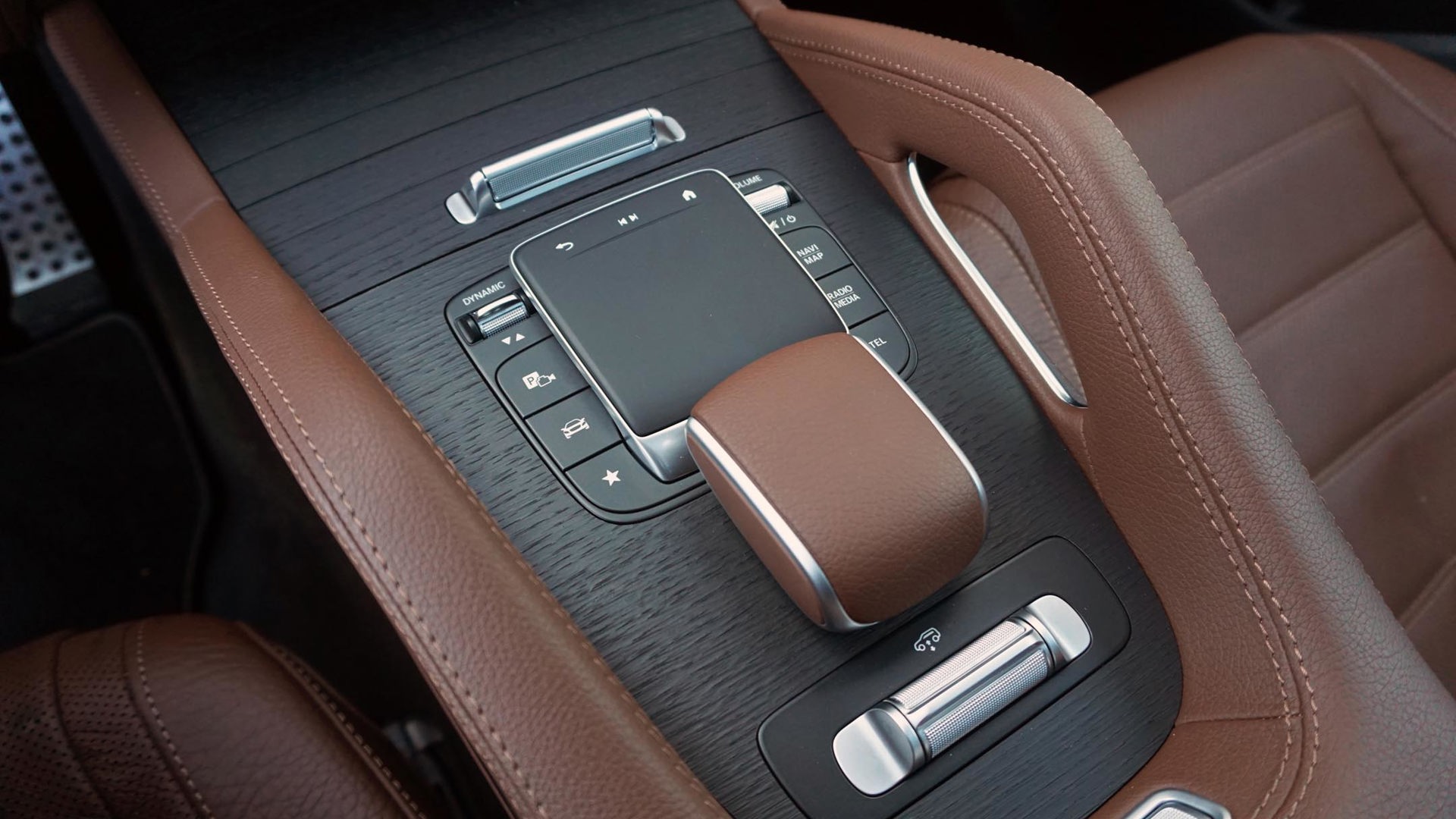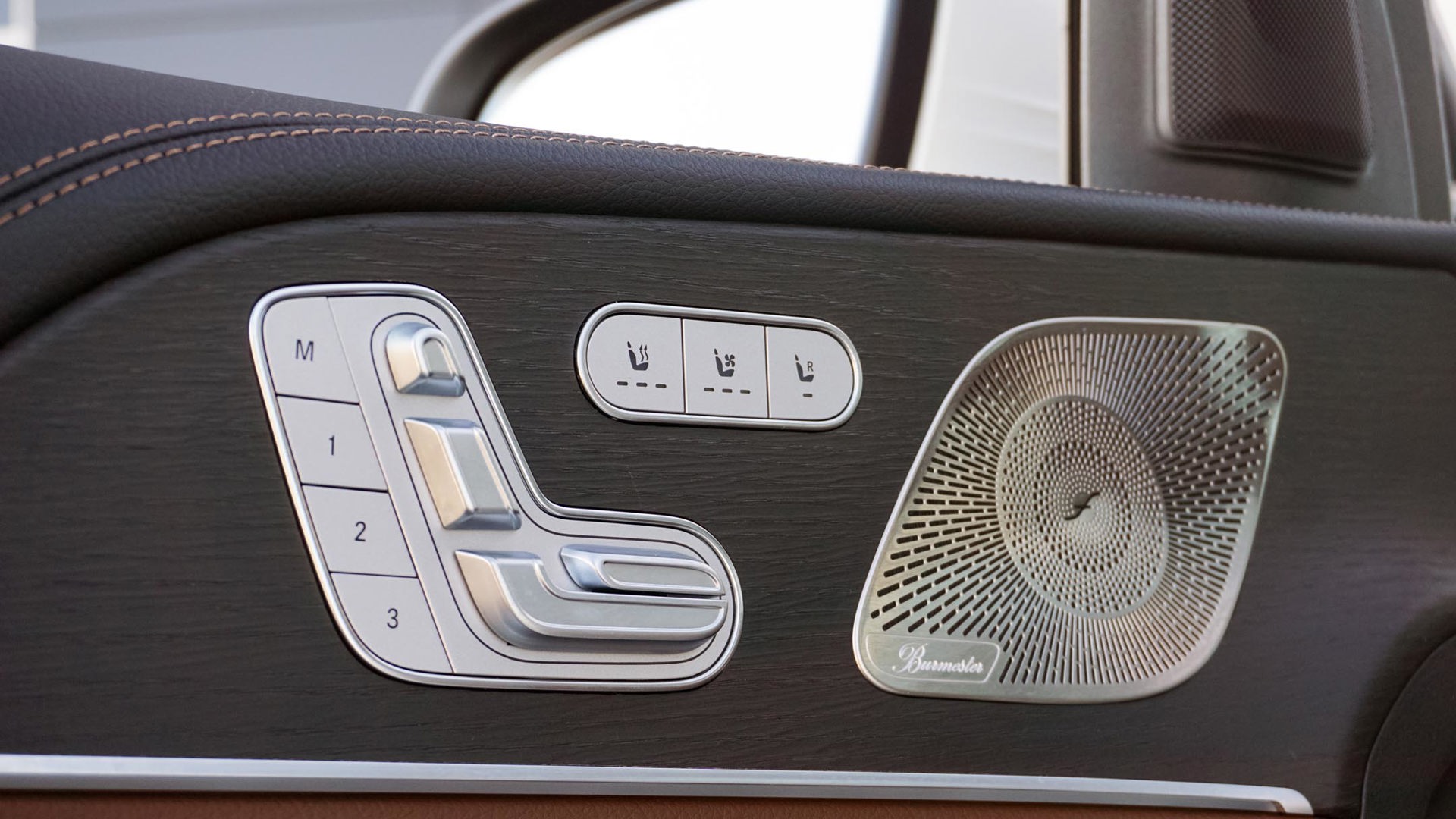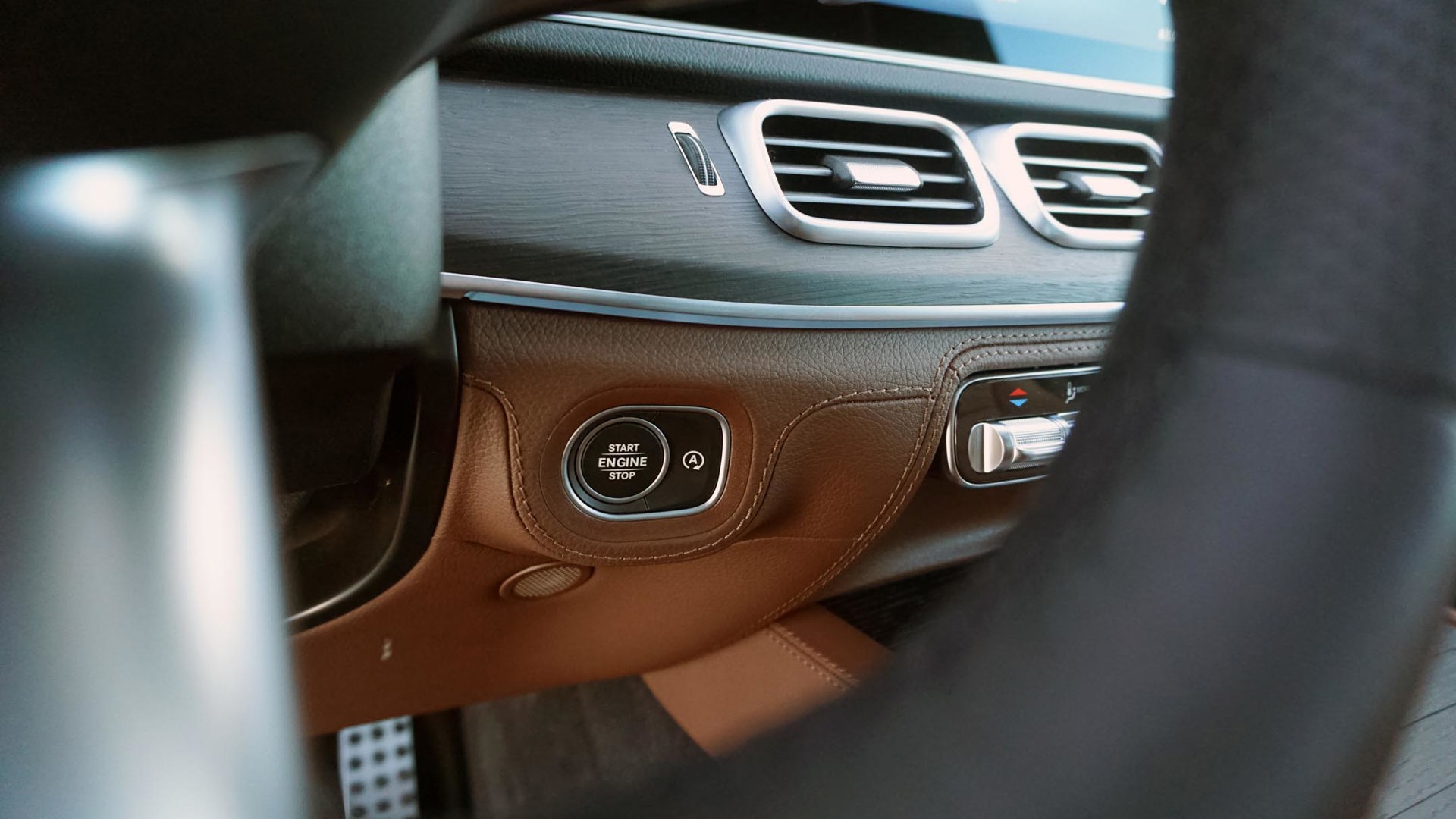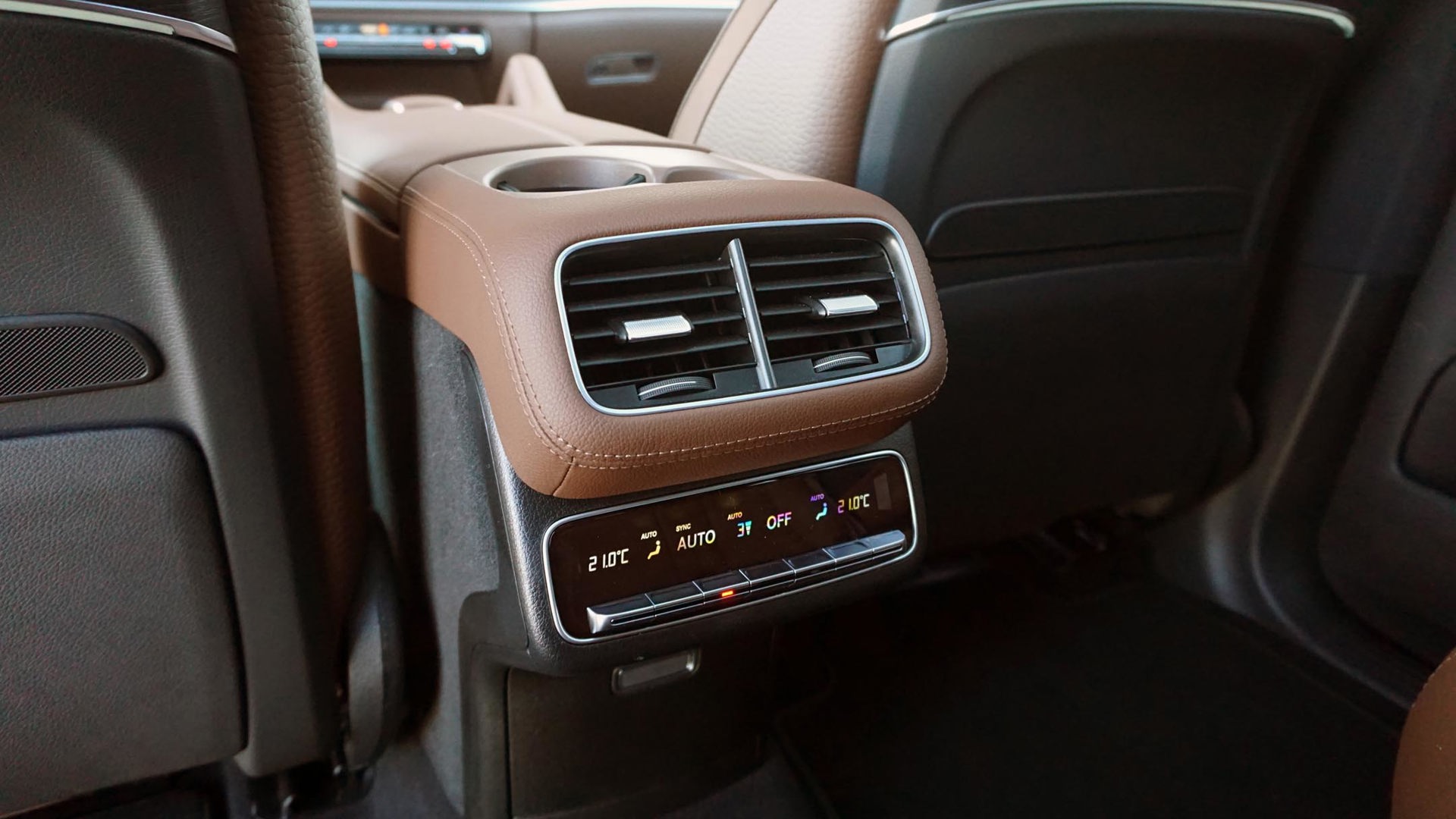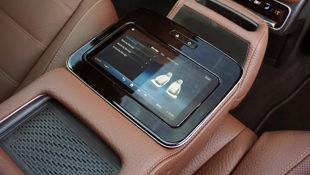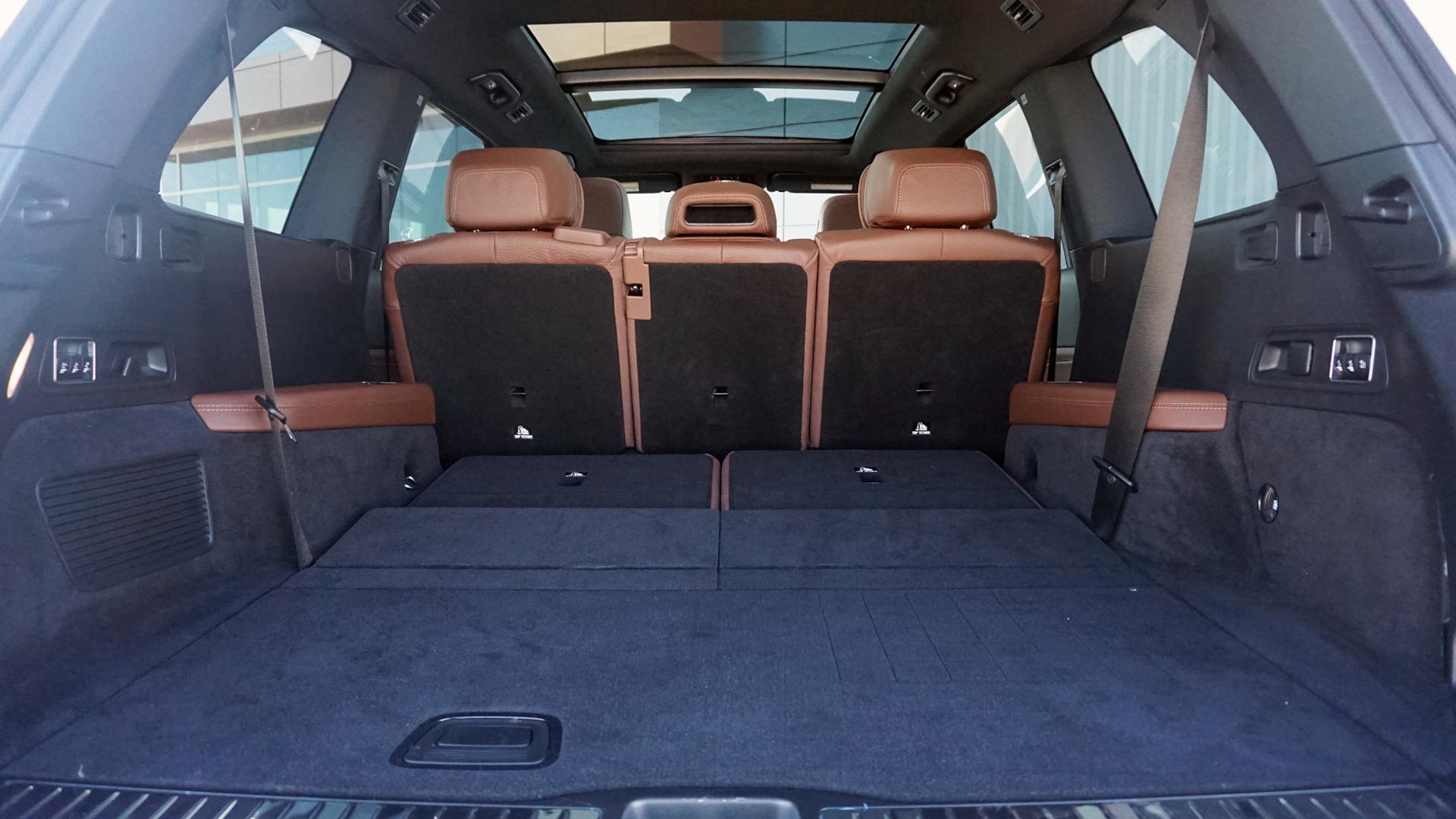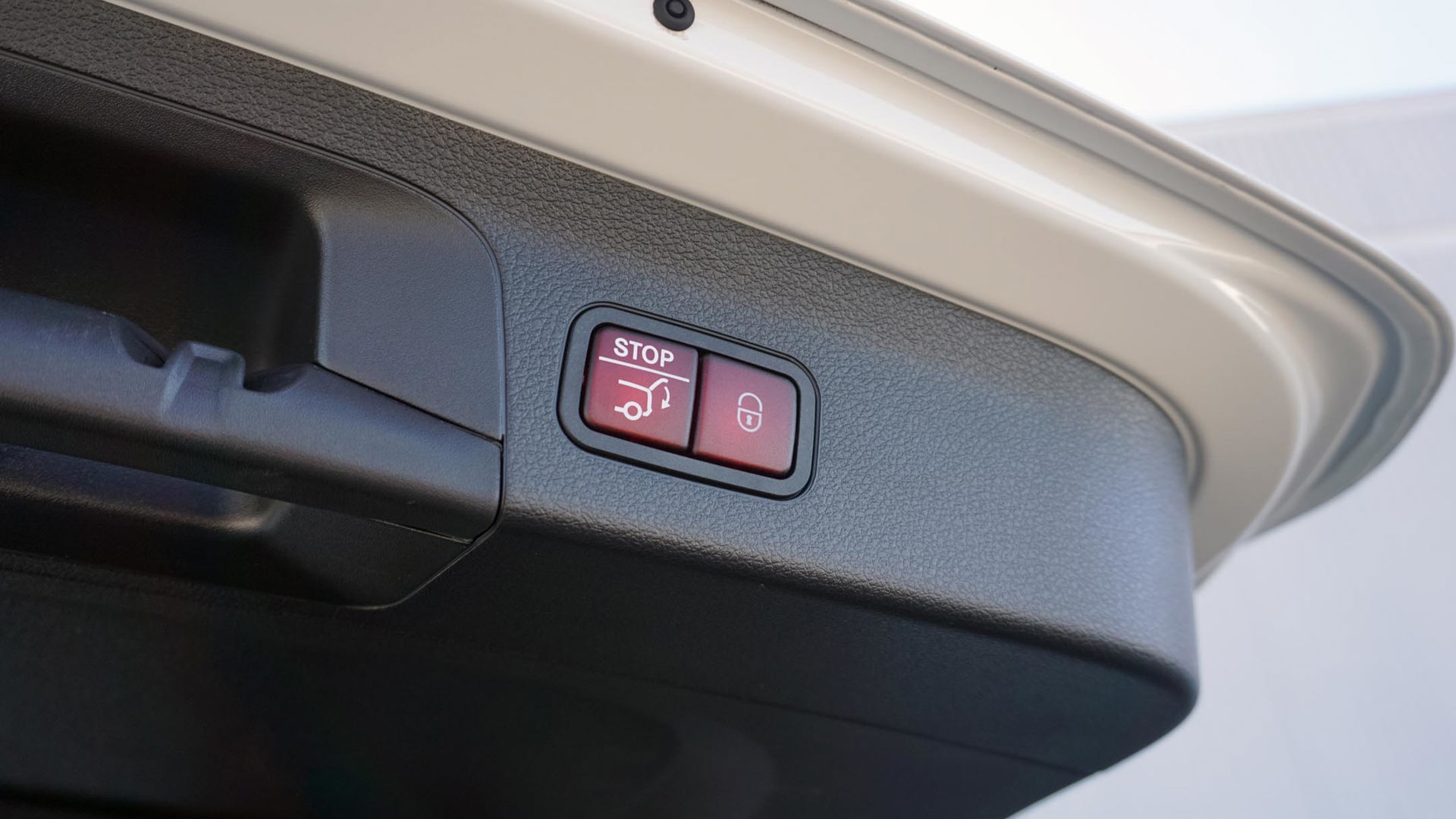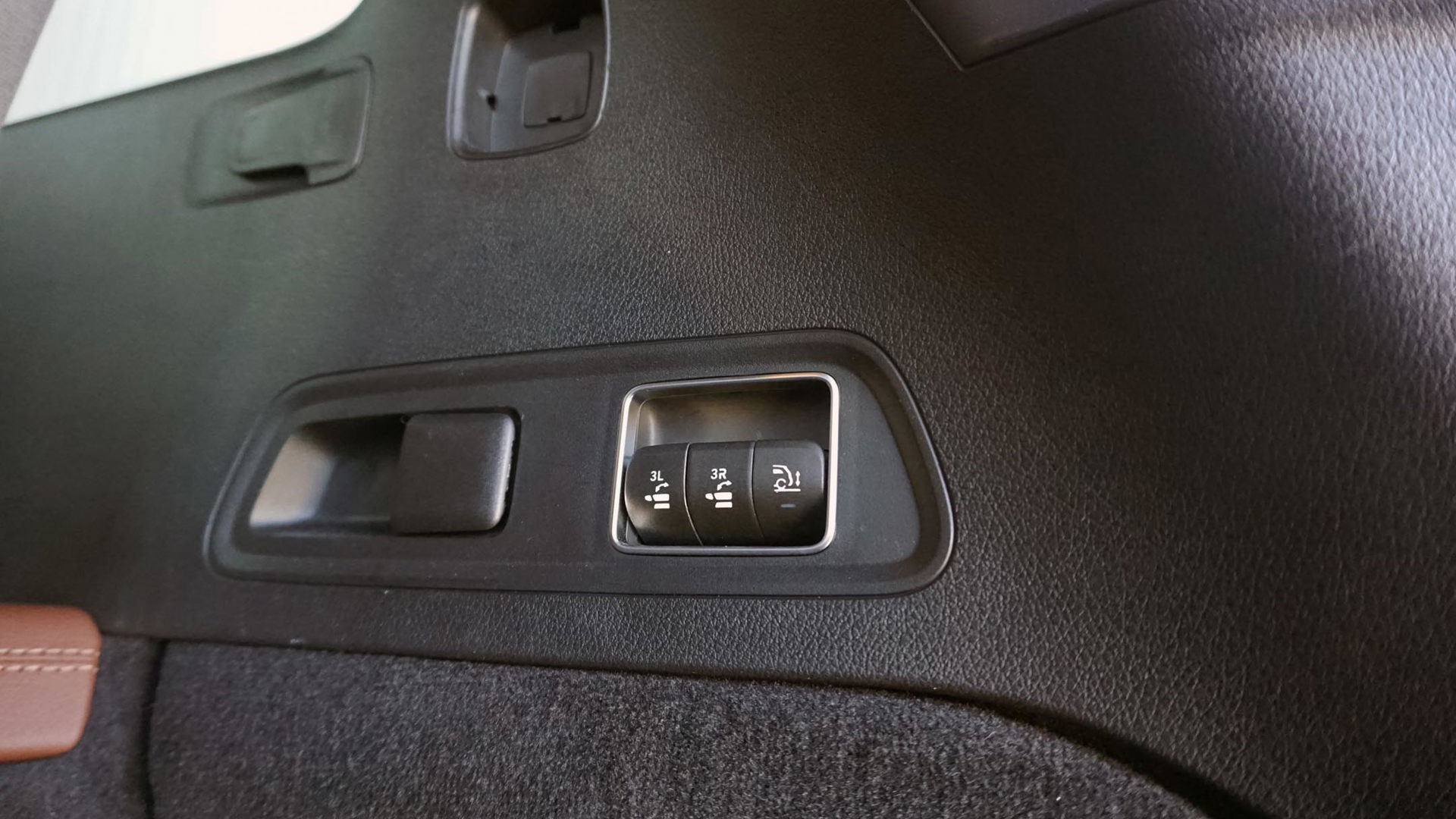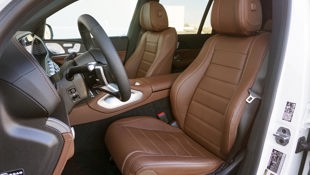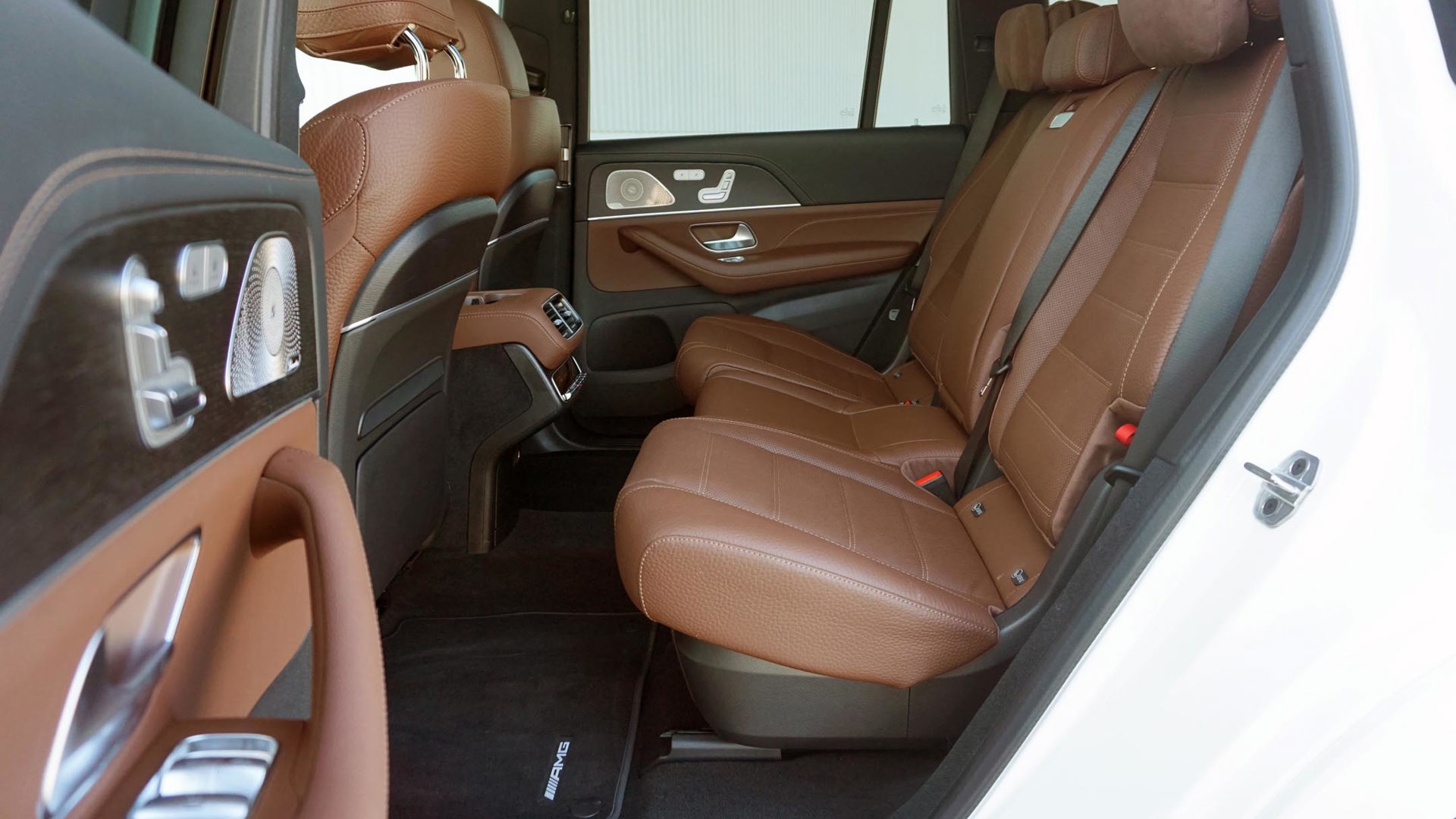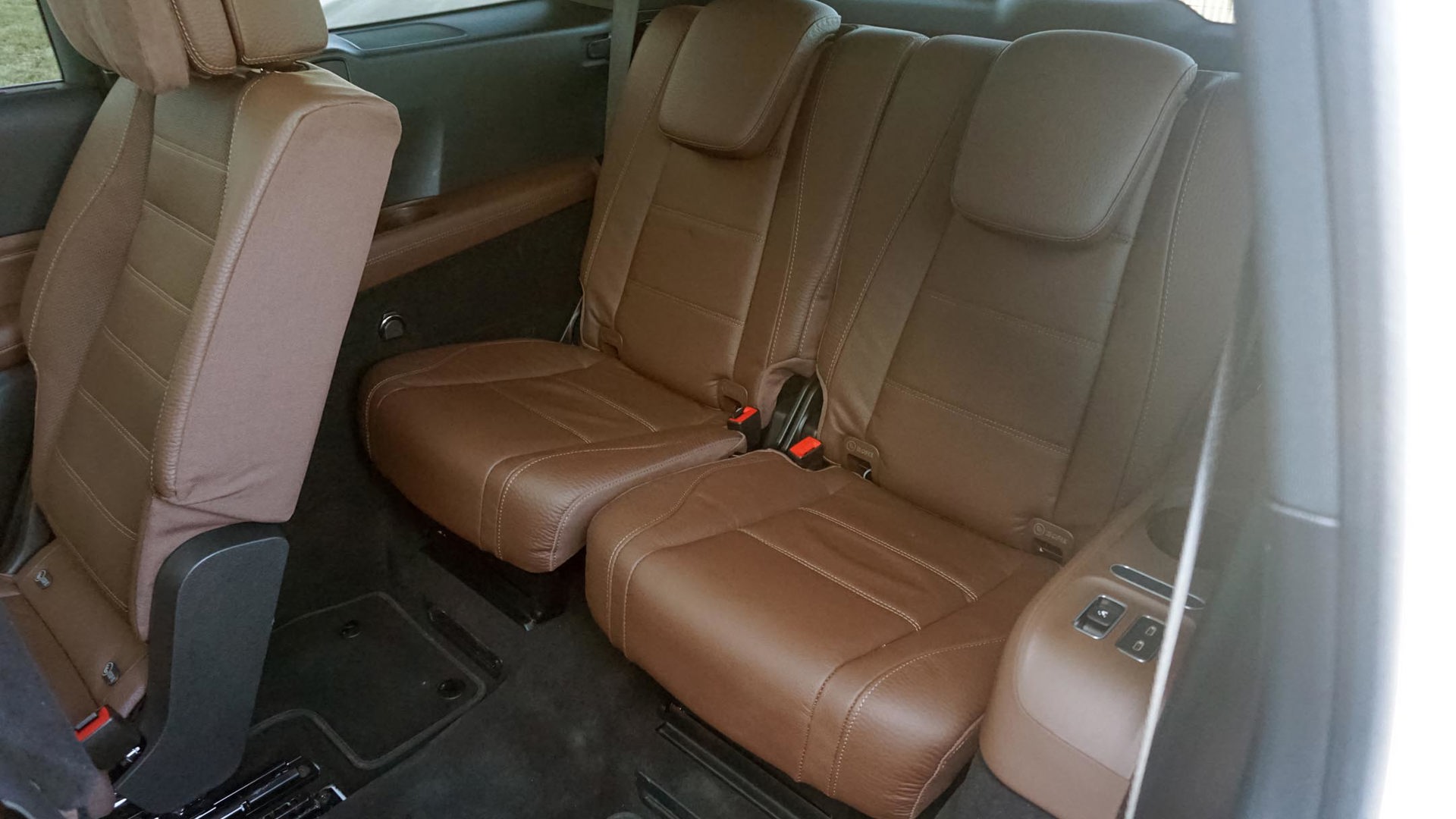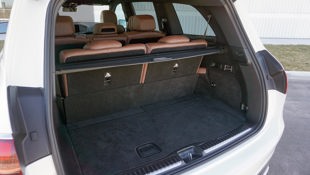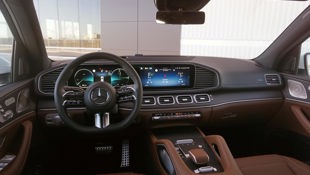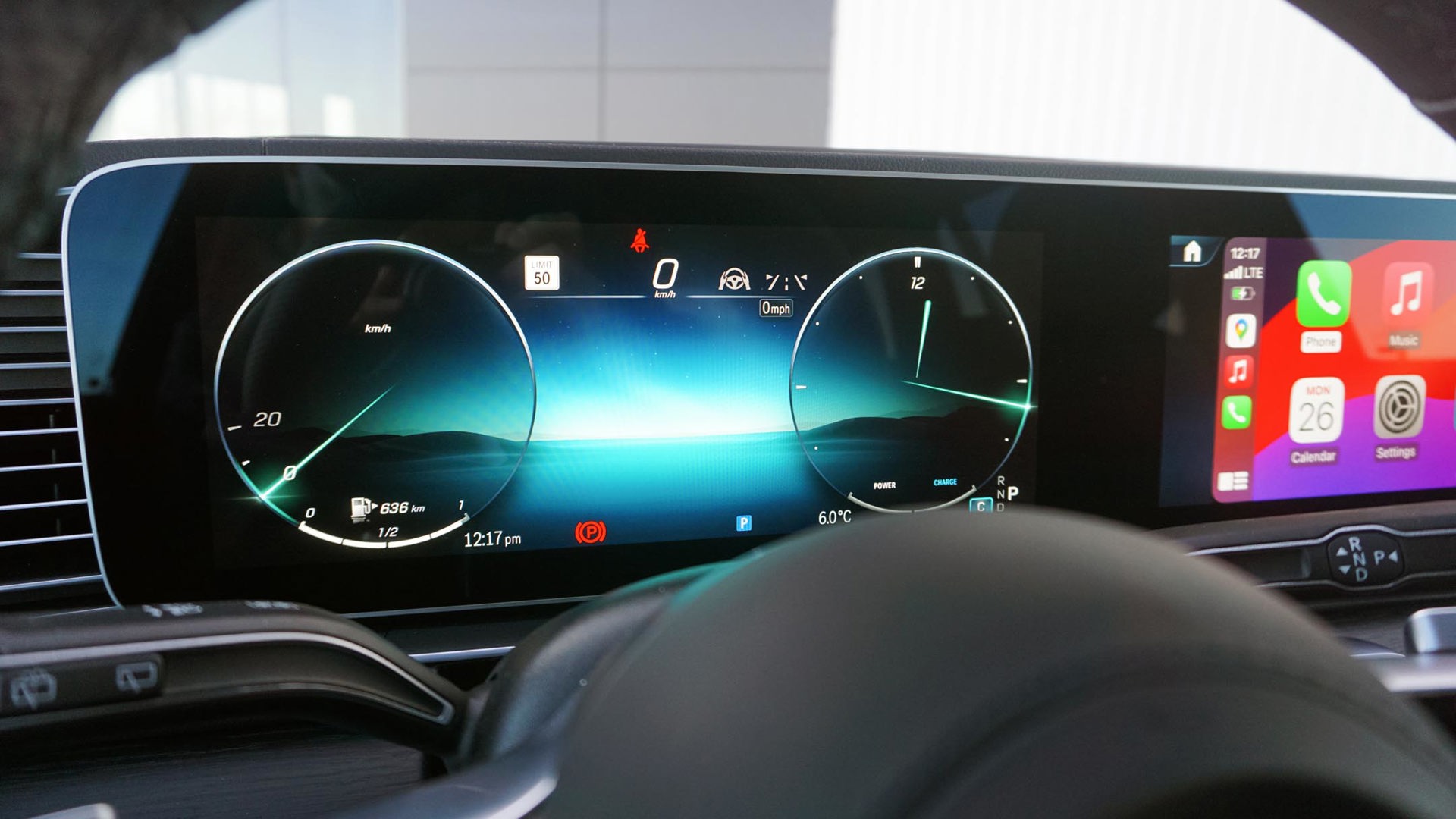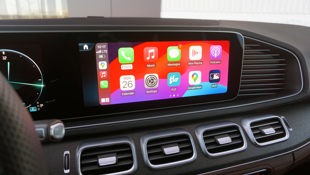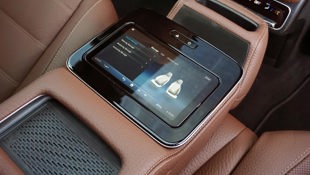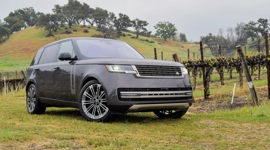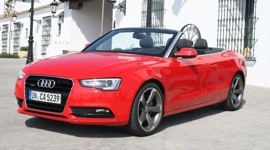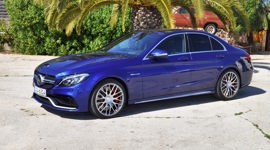 AutoTrader SCORE
AutoTrader SCORE
-
STYLING8/10
-
Safety8/10
-
PRACTICALITY7/10
-
USER-FRIENDLINESS8/10
-
FEATURES10/10
-
POWER10/10
-
COMFORT10/10
-
DRIVING FEEL7/10
-
FUEL ECONOMY7/10
-
VALUE6/10
Sedans are to Mercedes-Benz what wagons are to Volvo.
In short, they’re synonymously linked – and that’s in spite of sales volumes that simply aren’t what they used to be. (In fairness, they’re showing a bit more resolve in the premium space compared to the mainstream one, but the market as a whole is moving steadily towards total SUV domination.) Even so, if ever there was a brand worth wagering on to hold out until the bitter end it’s the one that builds the S-Class.
Like other premium brands, Mercedes has also been hedging its bets for the eventuality of one day bidding adieu to its sedans, no matter how special they are, which is exactly why it makes sport utilities like the 2024 Mercedes-Benz GLS-Class. And while it may be imposing next to the sleek and stretched Sonderklasse, there’s one very special letter in its name that tells the story of what this range-topping entry is all about.
Styling: 8/10
The letter S marks the very pinnacle of the Mercedes model lineup, with the S-Class defining not just the brand but the very segment in which it competes. The GLS-Class might not share the same sterling reputation, but that letter that anchors its designation certainly bestows a lot of significance upon this SUV.
That’s why its styling bears many of the same hallmarks of the S-Class, including slightly exaggerated proportions compared to its siblings. While it’s nearly identical to the slightly smaller GLE-Class from the front bumper to the B-pillars, a more pronounced grille signals this model’s place atop the lineup. (Some might say that honour goes to the more expensive G-Class, but that’s not the case – not according to the brand’s hierarchy.)
The rest of the styling makes its literal and figurative stature even more obvious, with massive rear doors telling of the space in the second row – another trick borrowed from the S-Class. While the cabin itself places practicality above extravagance in its pecking order of priorities, the chocolate brown leather upholstery and open-pore wood trim inside this tester does a lot of heavy lifting in terms of elevating the space to levels expected of a six-figure sport utility.
Practicality: 7/10
While the GLS-Class is big – at 3,135 mm (123.4 in), its wheelbase is longer than that of the larger, truck-based GMC Yukon – it isn’t the roomiest three-row like it. In fact, its rearmost seats are among the tightest in the segment, with the emphasis placed on the second row instead. (Mercedes would do well to offer this SUV with a third-row delete option for those looking to maximize its abilities as a four-passenger vehicle.)
There’s a good amount of space for stuff with the third row stowed, although the 1,209 L listed on the spec sheet isn’t all that impressive. It’s a common conundrum that’s the result of the different measurement standards used by automakers, with numbers that don’t necessarily reflect what’s inside their vehicles. For instance, the similarly sized Lexus TX boasts a listed 1,625 L in the same configuration – this despite a space that isn’t all that different dimensionally.
Small-item storage throughout the cabin is good, with deep door pockets and plenty of cup holders – although the upgraded rear seating package deletes the ones in the fold-down centre armrest in favour of a removable tablet. This being a burly sport utility, it’s capable of towing as much as 3,500 kg (7,716 lb).
Comfort: 10/10
There might not be a more comfortable cruiser on the market in terms of ride quality – at least not this side of ultra premium entries from brands like Rolls-Royce. Not even its namesake sedan with the mighty Maybach treatment can match this air-suspended sport utility, with an on-road suppleness that’s simply astounding. The extra ride height is a major advantage here, with more suspension travel standing between road imperfections and the people inside.
Even without every bit of technology this brand has at its disposal, including a system that scans the road ahead of a camera mounted behind the windshield to make micro adjustments to the adaptive dampers and air springs, there’s very little from the surface below that’s ever felt in the cabin. Sunken sewer grates barely register, while the optional Acoustic Comfort package ($1,315) keeps sounds from the outside world at bay.
Features: 10/10
In addition to excellent cruising comfort, occupants are treated to the kind of amenities an S-badged sport utility should offer, although not all of it is standard fare. For instance, massaging front seats are a $2,300 option in the GLS 450, while they’re included in the GLS 580 tested here. Both versions need a $7,000 package to add the same functionality to the second-row seats, plus there’s a separate $650 kit that’s required to swap the bench back there for a pair of captain’s chairs.
The seats themselves are comfortable and supportive with or without the actuators working away, while the ones up front are heated and ventilated in both the GLS 450 and GLS 580 variants. Meanwhile, the rear seats get the same treatment with that pricey upgrade package – again, features that should probably be standard at this price. Other goodies include twin 12.3-inch displays that are housed under a single panel, with the one used for infotainment operated via touch (or the redundant touchpad on the centre console).
Safety: 8/10
Where a brand like Mercedes-Benz continues to trail rivals like Lexus – along with mainstream ones including Toyota and Honda, to name a couple – is its continued reliance on expensive advanced safety upgrades. So while items like forward collision warning with automated braking, blind-spot monitoring, lane-keeping assistance, and even a self-parking system that works with both parallel and perpendicular spots are included, desirable functions like evasive steering assist and adaptive cruise control are reserved for a $2,600 package.
User-Friendliness: 8/10
Like most non-electric Mercedes models, this one maintains more than a loose connection to its predecessors through its user interface. That’s why it has a touchpad on the console – a call-back to the days before touchscreens – and a row of physical climate controls, the latter of which are much appreciated in the age of excessive touch integration.
Modern amenities include voice controls that, while novel, can at times convolute the simple tasks it’s designed to handle. (Why ask the system to make it warmer and wait for its delayed response, for instance, when the temperature toggles are well within reach of both front seats?) And while Apple CarPlay and Android Auto can both be connected to wirelessly and project in widescreen formats, neither occupies the entirety of the display, making Mercedes the lone outlier in the industry for not yet eliminating this simple annoyance.
Power: 10/10
The GLS-Class is offered with two powertrains to pick between, both of which are buttery smooth and come paired with 48-volt mild-hybrid components. The first is the GLS 450’s sultry inline six-cylinder, while the GLS 580 version tester here uses a twin-turbocharged V8 that’s just as sublime while delivering a tout 510 hp and 538 lb-ft of torque. (There’s also an AMG version that uses the same eight-cylinder, with a whopping 603 hp and 627 lb-ft of torque to play with.)
It’s as beastly as it is buttery, serving up all sorts of satisfying force that’s useful in everyday driving and beyond. The combination of the 4.0L engine and nine-speed automatic transmission – not to mention the standard all-wheel drive system – is as smooth as the suspension setup, with torque delivered with refined enthusiasm.
Fuel Economy: 7/10
Part of the credit goes to the mild hybrid system that provides pulses of electrons when accelerating, making up for what little turbo lag there would be without it. And while the 48-volt system won’t lead to significant fuel savings – it’s a mild hybrid, after all – the GLS 580 is reasonably efficient for a V8-powered SUV.
That’s at least according to these real-world observations, with a highway heavy 220-km drive to kick off this test week finishing with an indicated average of 9.8 L/100 km – significantly better than its official combined rating of 14.6. Meanwhile, the final tally stood at 11.5 L/100 km across a total of a little more than 500 km of testing in mixed conditions, including slogging through city traffic.
Driving Feel: 7/10
Puttering around town is where this SUV’s one true weakness is on display, and that’s its steering system. While manoeuvrability itself is fine, the massive dead spot on-centre – and the lack of feel more than a few degrees beyond that zone – leads to a vagueness that can be unnerving at times. But the electrically-boosted system adds resistance as speeds quicken (although the dead spot remains), better communicating the mass being moved here.
No matter where it’s driven, there’s nary a noticeable shift from the transmission whether cruising gently or with genuine gusto, adding yet more praise-worthiness to the powertrain. Combined with the sultry suspension setup and quiet cabin, the GLS-Class is a sanctuary of smoothness while remaining easier to manage than its overall size might suggest.
Value: 6/10
The 2024 Mercedes GLS 450 starts at $116,100 before freight and tax, while this GLS 580 rings in at $140,500. Then there’s the performance-oriented AMG GLS 63 that’s an eye-watering $188,000 before extras. (All three are subject to the federal government’s luxury tax in addition to the sales tax that varies by province or territory.)
This tester, with its options and upgrades that include everything from that fancy rear seating package to upgraded wheels (not seen here, as they were swapped for the requisite winter tire setup), touches $160,000 before tax – no small sum to be sure, but then it’s easy to build a BMW X7 that’s this ’Benz’s closest competitor and end up in similar territory.
That’s where the GLS 450 and its six-cylinder engine comes in, with the same extras offered with the more affordable version of this SUV. That means opting for everything this tester has, right down to the massaging seats front and rear, is a great way to save about $15,000. (Interestingly, that’s not the case south of the border, where most of the fancy features are reserved for the GLS 580.)
The Verdict
In the end, nothing quite compares to the presence and poise of the S-Class, and some of that comes down to the sleek and stylish proportions only a sedan can deliver. But as far as living up to the expectations that come with that one single letter, the 2024 Mercedes-Benz GLS-Class more than delivers.
The ride quality is absolutely amazing, plus it can be had with all the fancy features it needs to feel like a proper luxury hauler. No, the third row isn’t as useful as it probably should be; plus there’s an inherent utilitarian spirit here that’s an unshakable part of its stature and size. But then there’s no denying its rightful place at the top of the Mercedes lineup of SUVs.
| Engine Displacement | 4.0L |
|---|---|
| Engine Cylinders | Turbo V8 |
| Peak Horsepower | 510 hp @ 5,500 rpm |
| Peak Torque | 538 lb-ft @ 2,000–4,000 rpm |
| Fuel Economy | 16.8 / 11.9 / 14.6 L/100 km cty/hwy/cmb |
| Cargo Space | 493 / 1,209 / 2,398 L behind 3rd/2nd/1st row |
| Model Tested | 2024 Mercedes-Benz GLS 580 |
| Base Price | $140,500 |
| A/C Tax | $100 |
| Destination Fee | N/A |
| Price as Tested | $160,635 |
|
Optional Equipment
$20,135 – Premium Rear Seating package, $7,000; 23-inch AMG twin-spoke wheels, $2,730; Driver Assistance package, $2,600; Pinnacle Trim package, $2,300; Diamond White Metallic paint, $2,275; Acoustic Comfort package, $1,315; Rear Sunshades, $755; Heated third-row seats, $470; Trailer manoeuvring assist, $455; Climate-controlled cup holders, $235
|
|

